SCREENWRITERS'

JOURNAL OF SCREENWRITING AT VICTORIA COLLEGE, UNIVERSITY OF TORONTO
P E R S P E C T I V E S 2023 | Volume 4 No. 1
President & Editor-in-Chief
Cailin Ball
Executives
Sofi Abouassali
Suhana Danee
Ailin Barnachea
Faisal Hay
Connie Zeng
Moulik Seth
Shiv Bailur
Rhea Sharma
Editors
Cailin Ball
Marta Anielska
Ailin Barnachea
Suhana Danee
Sofi Abouassali
Graduate Advisor
Elizabeth Coulter
Layout Designer
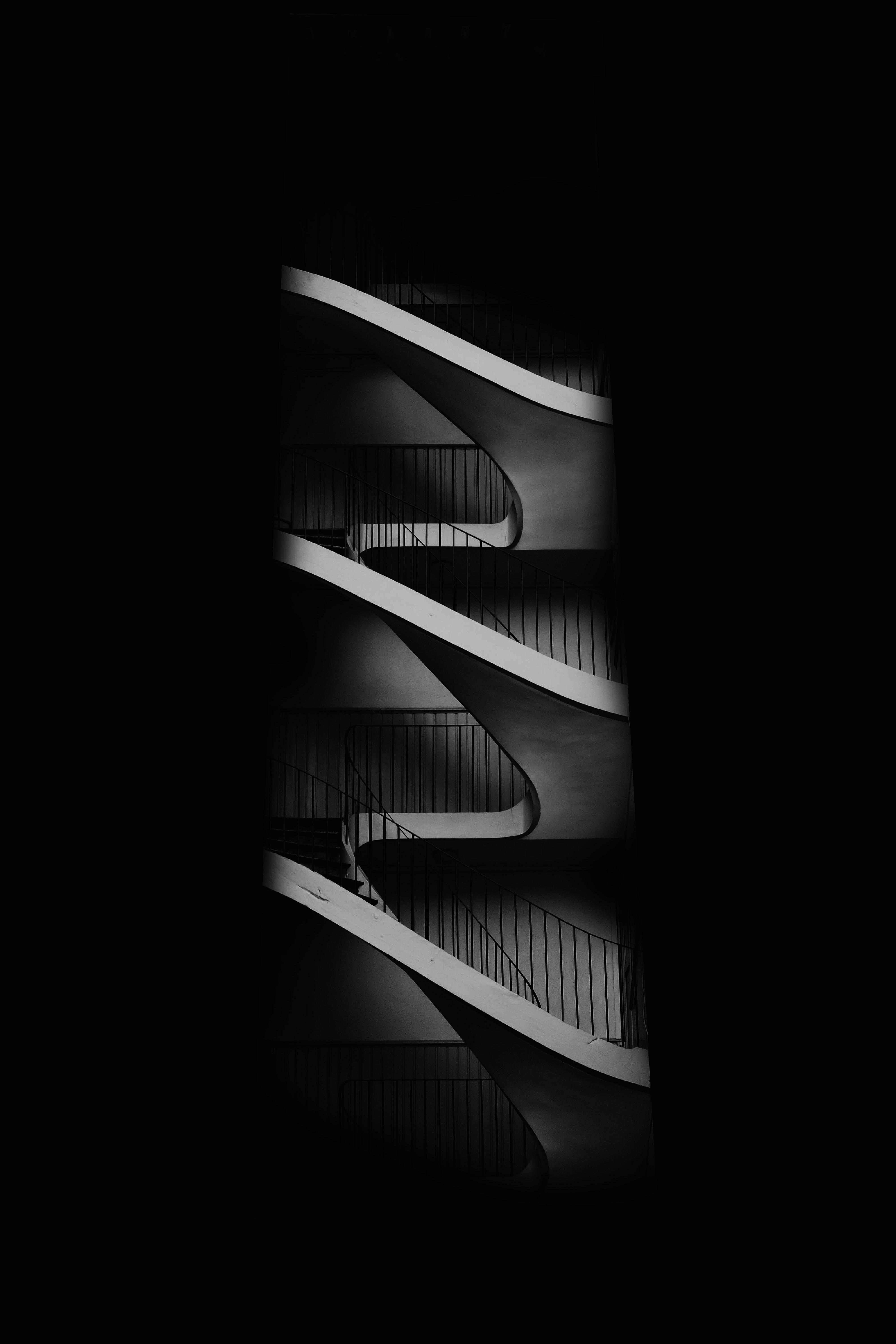
Drishti Chandel
Content Contributors
Cailin Ball
Faisal Hay
Sofi Abouassali
Suhana Danee
Amaya Martel Moura
Mariya Nokhrina
Riley Stefan
Zach Zanatta
Andra Fofuca
Nikki Asaris
Carson Zhang
2 A B O U T S C R E E N W R I T E R S ’ P E R S P E C T I V E S 1 L E T T E R F R O M T H E E D I T O R - I N - C H I E F 3 I N T E R V I E W W I T H E T H A N H I C K E Y 7 B E I N G T H E R E The Dangers and Profound Implications of Using the Holy Fool 9 F R A N T Z In The Aftermath Of War: The Haunting Omnipresence Of Grief And Guilt 11 L A D O L C E V I T A 13 P H A N T O M T H R E A D “A house that doesn’t change is a dead house”: Giving Agency to the Muse C O N T E N T S T A B L E O F 19 W H I P L A S H 17 T H E H U N G E R G A M E S Hope as a Catalyst for Revolution in a Dystopia 23 T H E L E G O M O V I E "Awesome Enough"-How The Lego Movie’s Sequel Carried On The Original’s Legacy 25 G H O S T W O R L D Fitting In, Standing Out, And Growing Up 27 H I D D E N G E M S 28 T H E M E O F T H E Y E A R After Yang & Aftersun
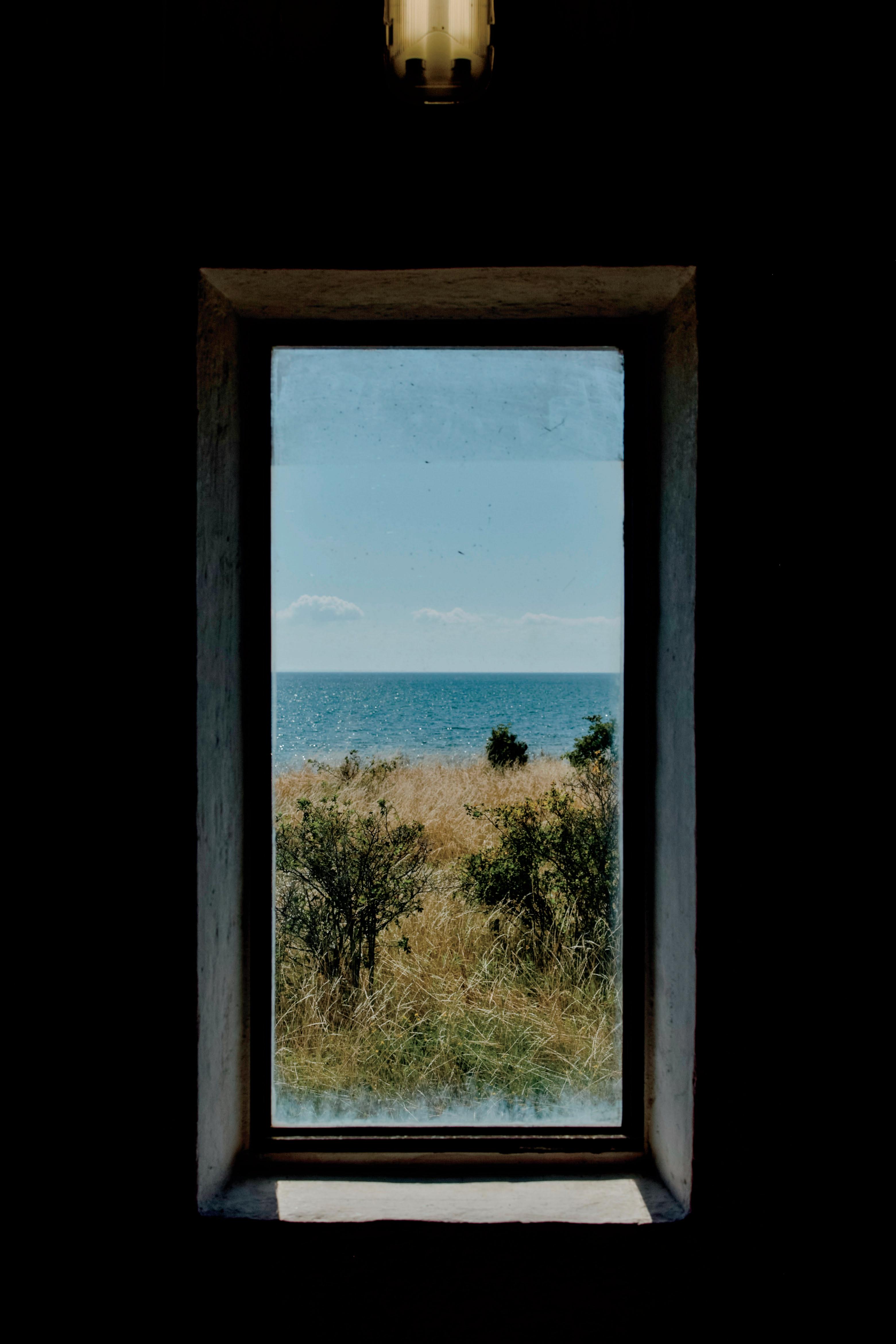
Dear Reader
It is my pleasure to present the fourth issue of Screenwriters’ Perspectives, a journal by the members of Screenwriting at Victoria College aimed at providing new and interesting film analyses. This year’s issue features pieces on widely ranging films, from Italian neorealist classics to contemporary animated films and dramas. Each piece identifies something specific about these films and their screenplays that make them worthy of focused analyses. The authors featured in this year’s journal all provide unique perspectives on their selected films, and each piece is a worthy and interesting read.

We are also excited to share with you our interview with Ethan Hickey a local director. A 21 year old from London, Ontario, Ethan has many short films and two feature films under his belt: Burden 2022 and Older Every Day upcoming . Burden, Ethan’s freshman feature, has sold domestically and internationally. Ethan’s insights about screenwriting and filmmaking are invaluable for any aspiring writer, or any fan of film in general. We truly appreciate him taking the time to speak with us and hope you all enjoy the interview as much as we do!
This year’s theme of the year section focuses on connection. A timely theme after the past few years of remote working and isolation, this section focuses on the desire for human connection and reconnection. Many pieces in this section also focus on the intersection of technology and connection, another topic which has been much in the public consciousness these past few years.
We are also excited to bring back our Hidden Gems section for another year. The pieces in this section bring to light great, but often ignored, films. Ranging from recent arthouse dramas to early 2000s horror hits, this section highlights films any cinephile should seek out.
It has been a wonderful and rewarding experience overseeing this journal over the past year as editor in chief and I am so glad to finally be able to share the final product with you all. As this is my final year before graduation, I wanted to acknowledge how much I have loved working with SVC these past few years and watching it grow alongside my other executive and general members. I have loved celebrating films and screenwriting with all of you these past few years and am going to miss it!
Of course, this journal and the club itself was not a one person job. I would like to first thank Kenneth Ting, the founder of SVC, for his advice and support throughout this process. Thanks are also due to Elizabeth Coulter and Vikram Nijhawan, last year’s Co Presidents and Co Editors in Chief who have been invaluable in their guidance this year. Thank you also to Marta Anielska, who served as my Co President for the first semester of this year and without whom the journal surely would not have been possible. To our executive team and editors, I would also like to extend my gratitude; your help in this process and your editing skills have been vital. And finally, thank you to all of our contributors and general members. We very literally could not have done this without you. To Sofi Abou Assali and Suhana Danee, our Co Presidents for the next academic year, I extend my best luck and wishes. SVC is in safe hands with our incoming and continuing executive team, and I look forward to seeing what direction you all take the club in together. Thank you again to everyone who has contributed to the journal, attended club meetings, and participated in our club in any way; you have all made this year one for the books. Without further ado, here is the 2023 edition of Screenwriters’ Perspectives!
1
Ca Ba Ed Ch ef P e de f Sc ee g a V c a C ege
Abo Screen ri er Per pec i e
Screenwriters’ Perspectives is a student run journal that is published by Screenwriting at Victoria College on an annual basis. It features high quality, original, critical analyses written by students who are learning how to critique movies from a screenwriter’s perspective. Samuel Langhorne Clemens Mark Twain once said, “One mustn’t criticize other people on grounds where he can’t stand perpendicular himself . Like Mark Twain, Screenwriters’ Perspectives embraces this principle and believes that the value of any criticism made against a film is heavily dependent on the critic’s knowledge on the process of writing a screenplay. Therefore, unlike conventional movie reviews that summarize plots with general evaluations, the analyses published in this journal place heavy emphasis on assessing the fundamental storytelling elements that constitute a story’s structure. This includes but is not limited to character development, themes, setting, symbolism, plot, scene weaving, dialogue and design principles. We believe that this writing convention will not only enhance the quality of the analyses, but more importantly, it fosters the development of both the readers and writers in becoming more perceptive individuals.
Ab Sc ee g a V c a C ege
Screenwriting at Victoria College is a University of Toronto student club that is recognized by the University of Toronto Students’ Union. Our club aims to provide a high quality learning environment for students who are interested in learning the craft of screenwriting. By learning from reputable screenwriting books, screenplays and movies, members of our club will learn the fundamental principles and techniques of storytelling, ultimately preparing them to pursue screenwriting as a future profession or to simply discuss movies with other film lovers.
C gh
Authors retain copyright and grant the journal right of first publication with the work simultaneously licensed under a Creative Commons Attribution 3.0 International License that allows others to share the work with an acknowledgment of the work’s authorship and initial publication in this journal. Reproduction without permission is prohibited. Screenwriters’ Perspectives is a student run initiative. Any opinions expressed by the author s do not necessarily reflect the opinions, views or policies of other SVC members and executives, Victoria College or the University of Toronto.
Printed in Canada by Superior Printing & Litho Inc.
ISSN 2563 545X Print
ISSN 2563 5468 Online

2
AN IN E IE E HAN HICKE with
"Ethan Hicke is a 21- ear-old film Director out of London, Ontario with two feature films under his belt, Burden and Older Ever Da Burden, his freshman feature, has sold domesticall and internationall "

Q: Whe e did de i e g i fil igi a e?
Q: D feel ha i g h e c ea i e l ea l i fl e ced i agi a i ?
Q: S e e di ec i g bef e e e k e ha i a ? A: I a . I a a a a .
Q: Wha ade a i e B de ?
W I a a a a a a a a a a , E a E a H a F a a , T B M M S a a a a , a a a N a I a , a I a a Y a I a a a I a a a a I a a 2010 HD I a W a a a - a I
A:
A: Y a , I a Y a a I a a I a a a M a a a a a I a a a a I a a , a a a a
B M I a a a , a a a a a a a a a I a a a a a a C a I a , I a a - a a a I a a a a a a a a - a a a a a a T a a I a a 3
A: I a a , a a
Q: Tha ' a eall g ea ce ake i i a i f eal life. Wha a i like be babl e f he ge e le e i ch a a h i a i e le?
A: I a I a a a , M a Ja R a a , a I a a I a a a a a a - I a a , a I a E a a , I a a a a a a I I , a a a S ' a a , I a a I a .
Q: H did e a e elf alk e ?
A: I a a a , a Fa a I a a I a a. I I a a I a a a a a I a a a a a a a I a a a I I a a Fa , a a a T a a a M B a a
Q: Tha a l , ha e e f l. I he e a hi g i k feel like ' e eachi g di c e ? Wha he e f jec a e i e e ed i ?
A: T a a I a a I a a a I a a I a I a S I I ' a a a a a a - a I a B a a a a
Q: S e babl d a i g lde e le i life f i i a i ?
A: Y a , I a a a a a a a - a a . I a a I a , a a a a T a a a a L a a , a . B a a a a , a I I a 8
Q: S ha e a e h c i g ha i al a c ce f a fea e Thi ee diffe e f e i jec , i he e a ea h a ed j i a ci-fi jec ?
A: I a a a a a . I a a a a , a a a a a a a I a I a a , I a a I a a I a a a D P a a I a A a a
Q: D ee elf ge e-h i g i he f e?
A: I I a I I a , I a
Q: D feel ela e e i h he i i g i al he d i g a fil ?
A: I a . I a a a a . T a a a a a A a B a a a a , a a I a
4
Q: Whe e di ec i g d feel like ' e eei g be ee he li e f he c i ? D feel like ' e al ead i ali i g all he e be ee ba ed ha he i e ha i e ?
A: T a I I a a a a I a O E Da , a a a . I a , I a a a
Q: S b a di g ca be eall e hel i g.
A: Y , - a a a a a I a a a , a a . T a a a
Q: Wha ad ice ld gi e e le f e aci h da ?
A: I a , I a a a a I a , I I a a a , a a - a a a a a a a . H a .
Q: I ' like c a l d i g a le. D e j bei g i ha a e?
A: Y a I a a a a a I J a a a a I I a a - a Y a a a a a a a Y a a a a . T a , .
Q: S eaki g f ca accide , B de a d Olde E e Da b h ha e ca accide . Wha i i like h ha all jec ?
A: Y a , I a a I a W a , a W a a a a W a a a a . W a a a a a a , a .
Q: If he e a a ad ice gi e 16- ea ld E ha h e he c i ha beca e B de , ha ld i be?
A: T a a , I a a a I a 16- a E a a a B a a a a
Q: Y e a i e i de d i g fil S ha ld a he de a i g g i he i d ?
A: I a . I a . B a Y a Ma a a a I a a , a S a a a a a , I a a . G a a . I a a a
5
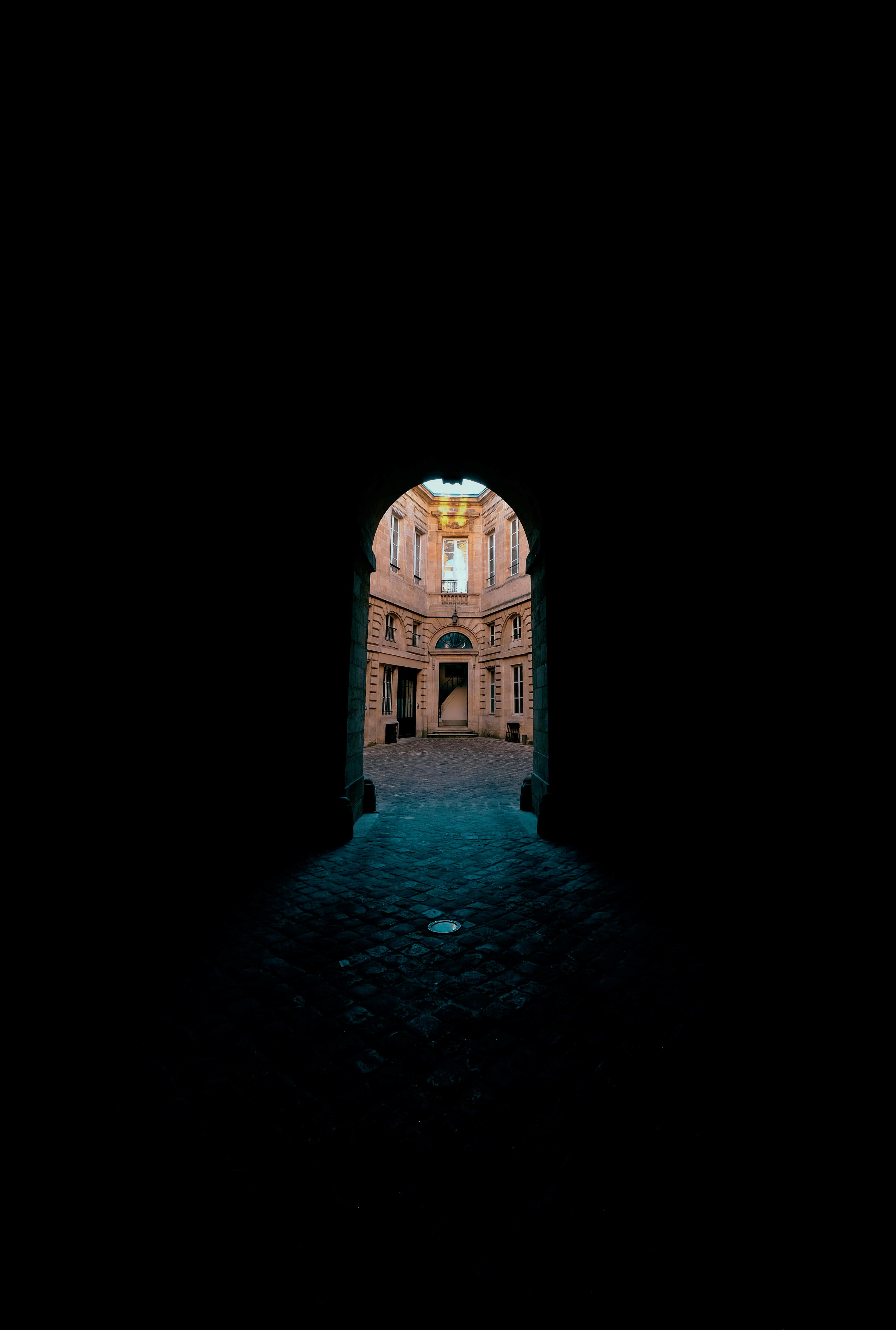
A G EA FILM NEED H EE HINGHE C I , HE C I AND HE C I . -A f ed H c c c 6
MAKE
BEING HE E:
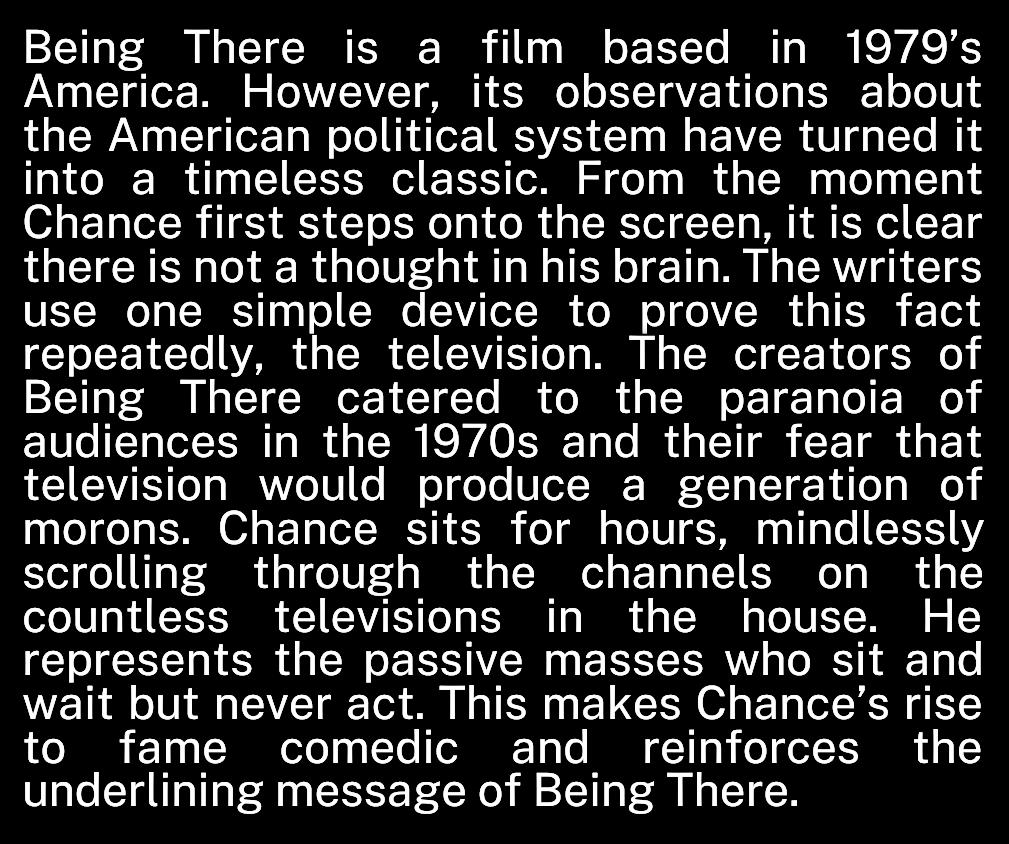
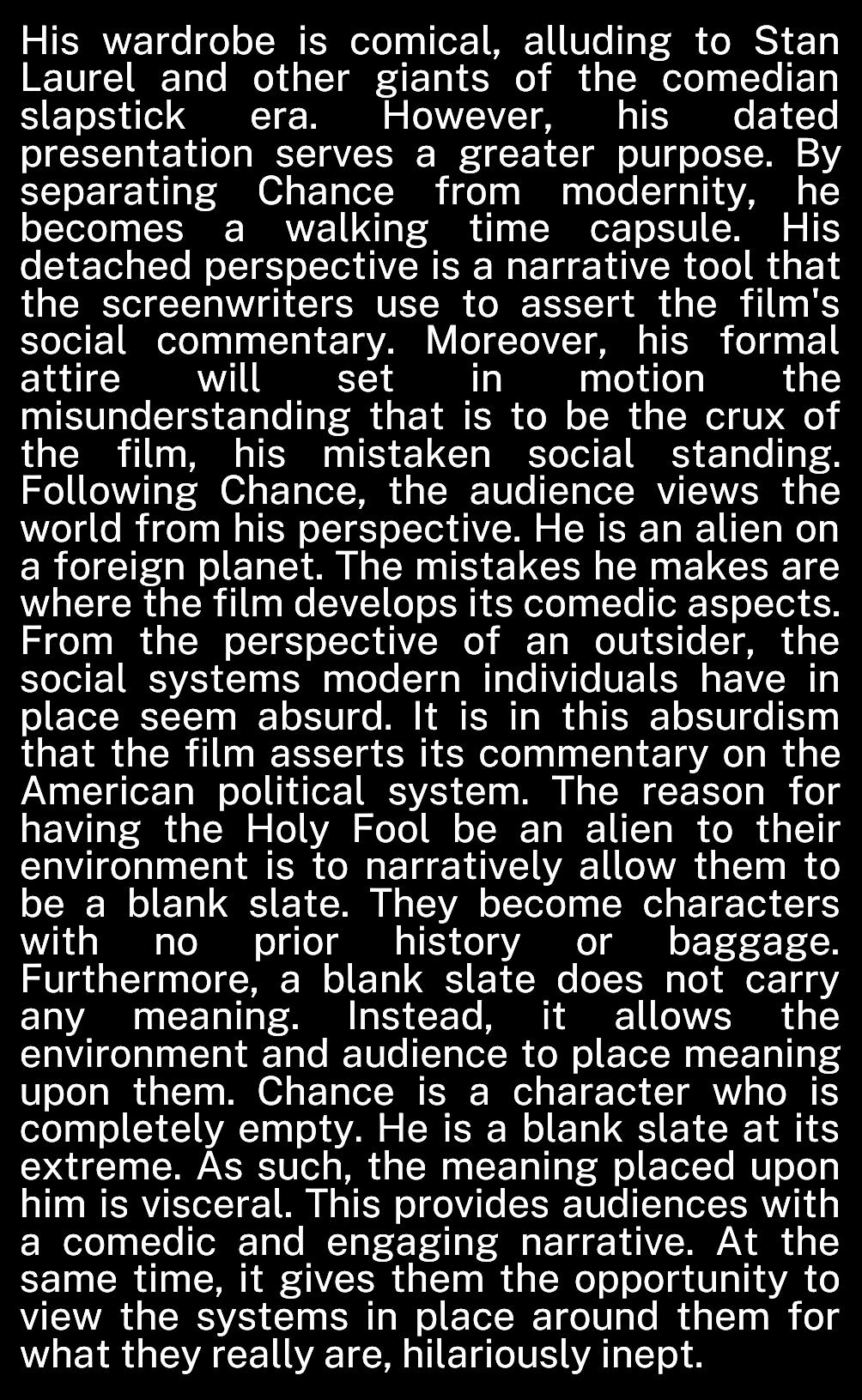
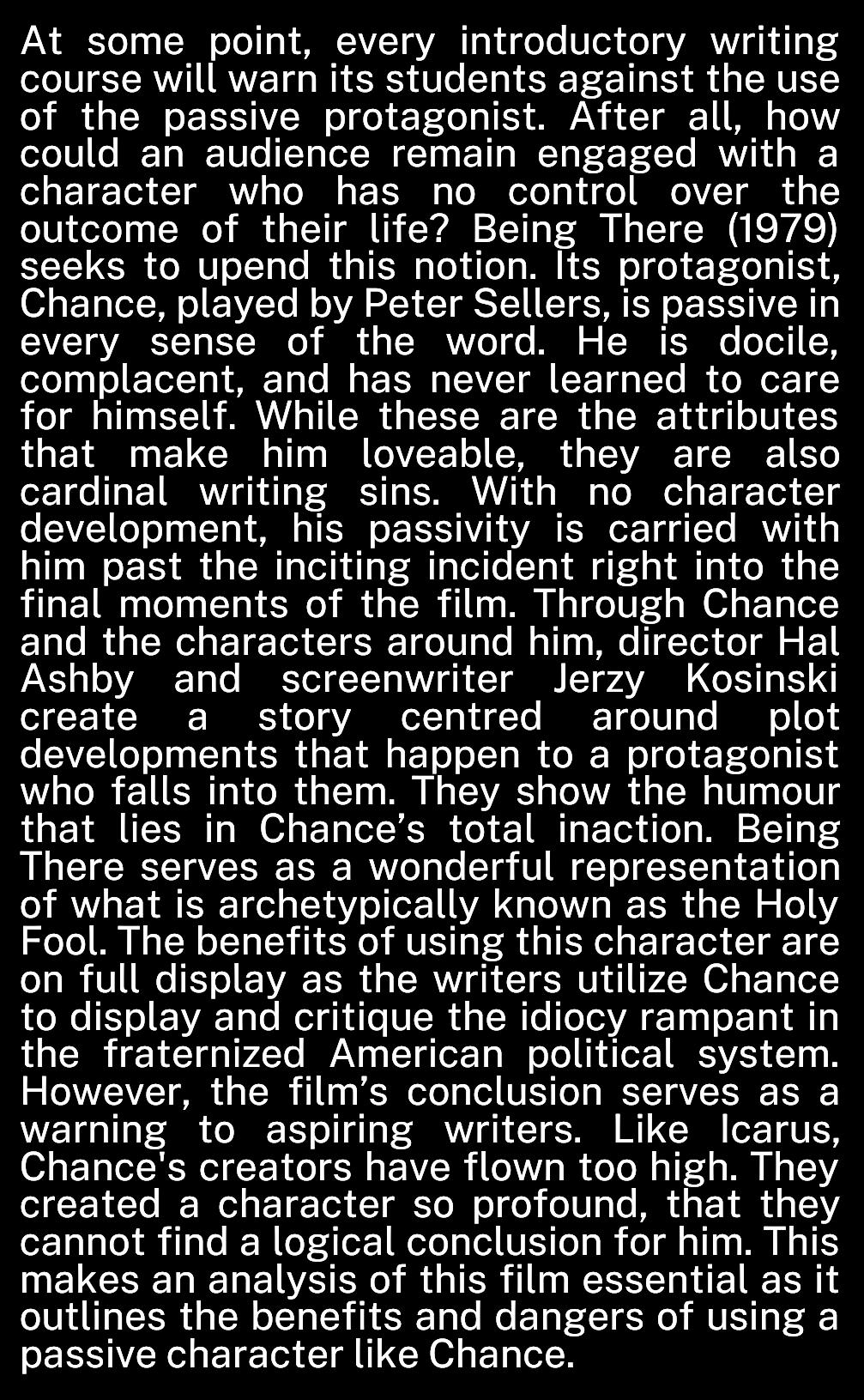
HE DANGE AND P OFO ND IMPLICA ION OF ING HE HOL FOOL
HE HOL FOOL
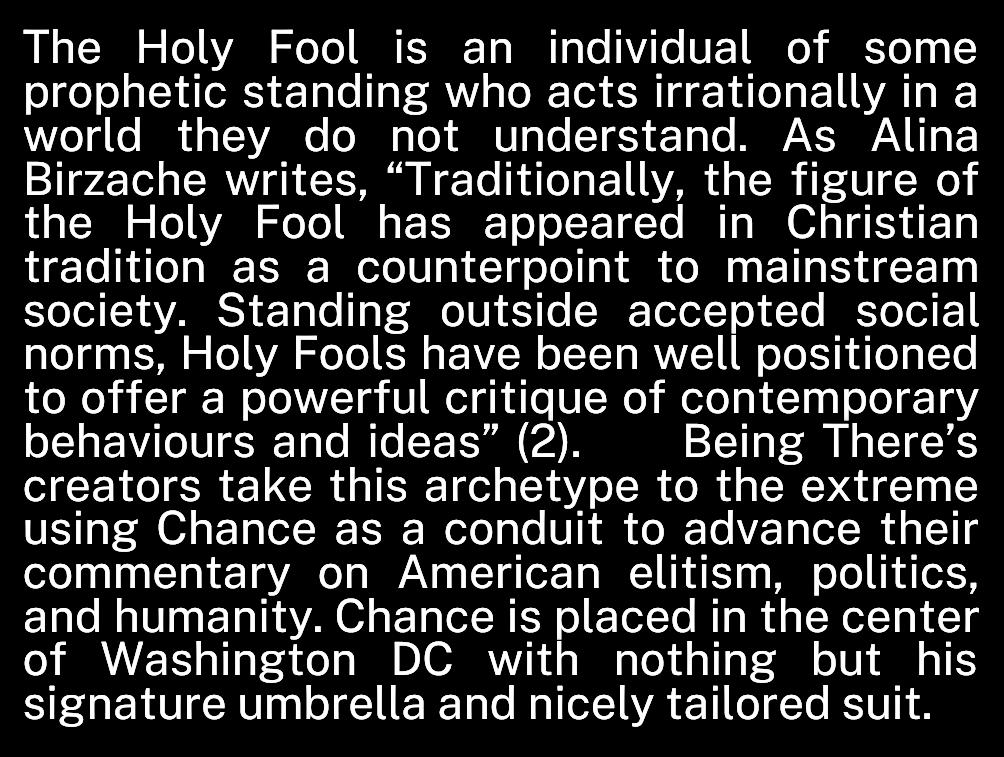
POLI ICAL A EMEN

B - ILE EFA (2 D EA CI E A DIE AJ , E GLI H AJ , I I C LLEGE
7

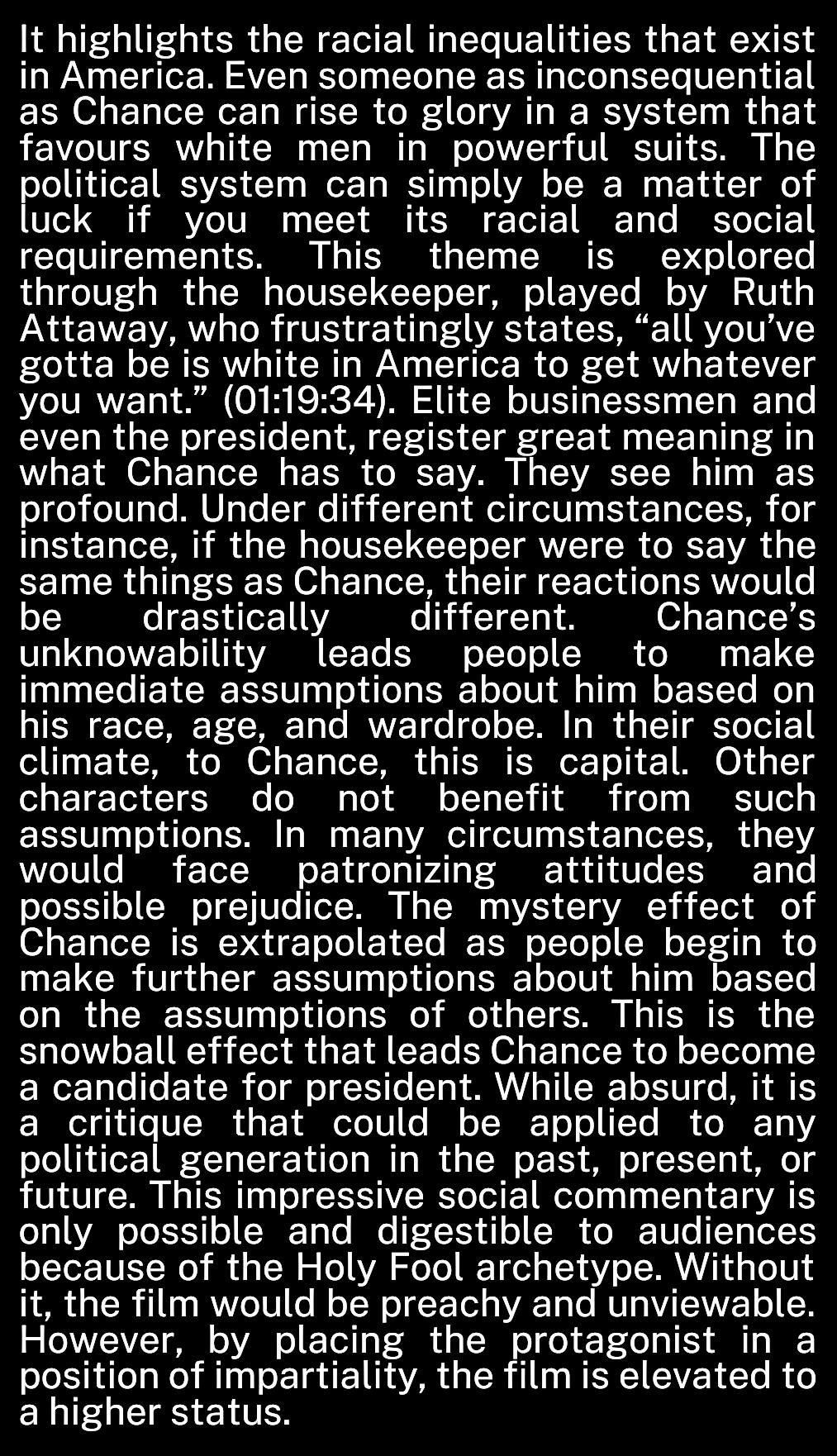
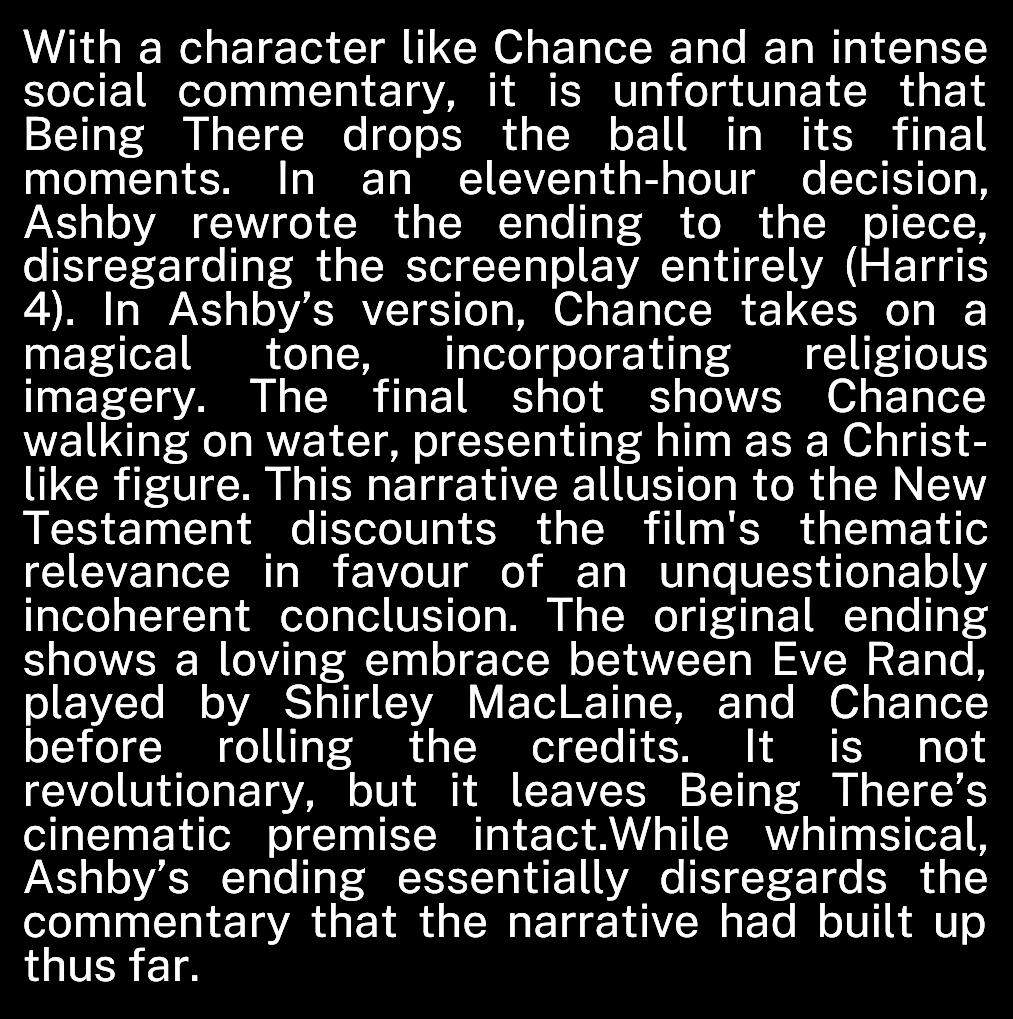
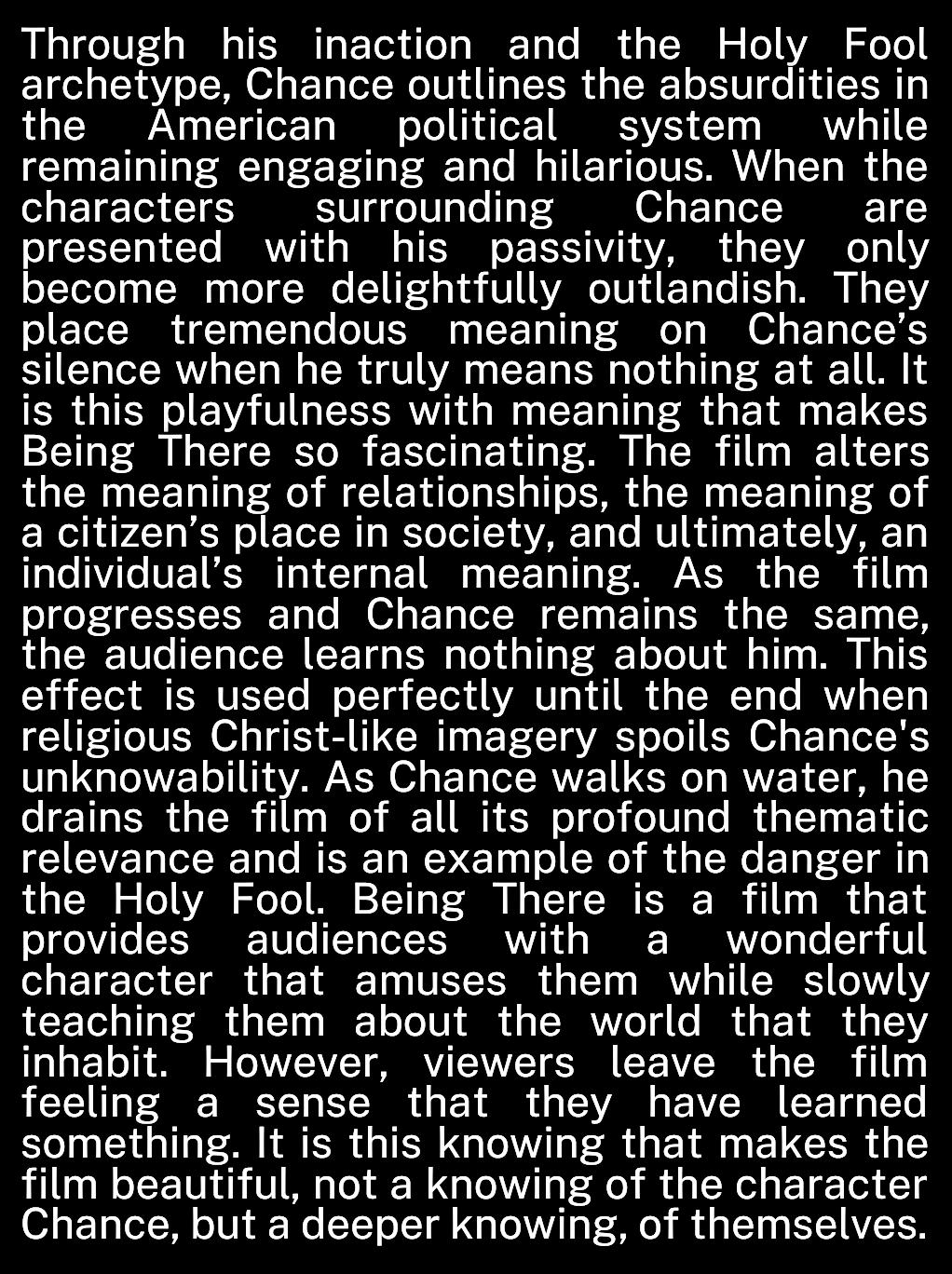
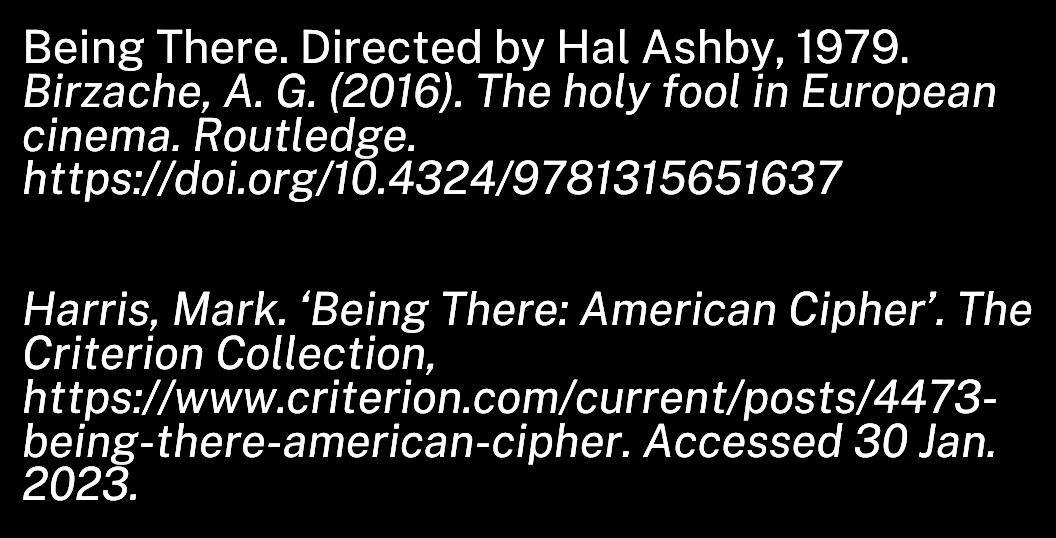
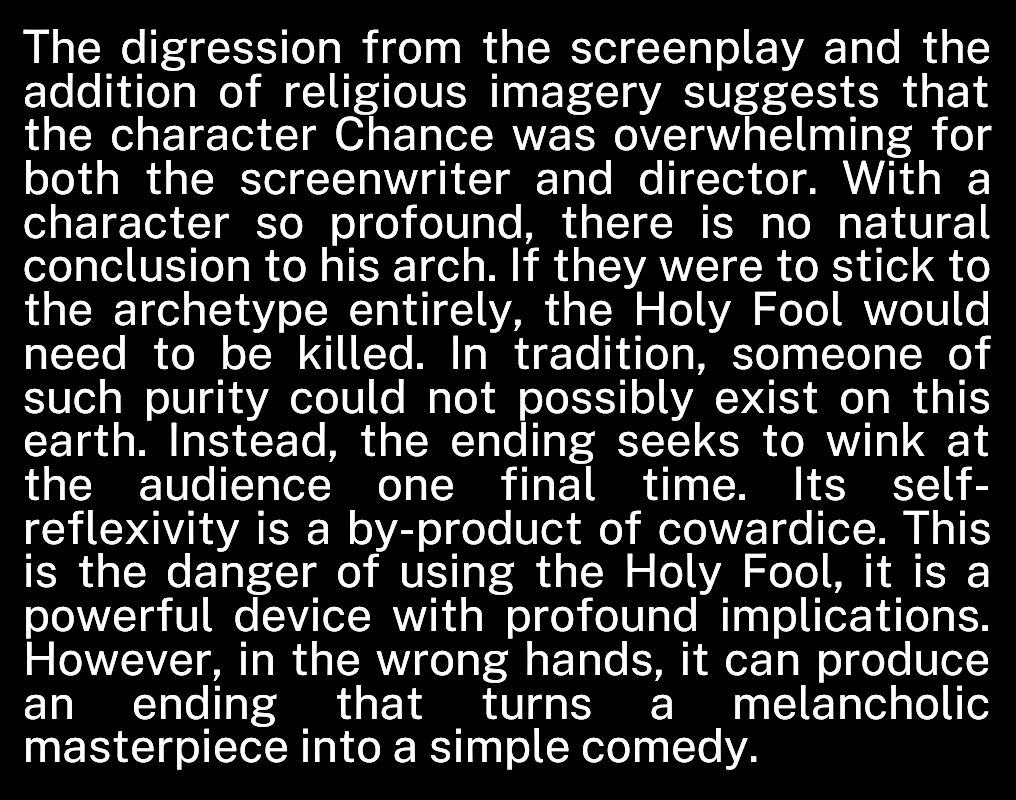
LIGH NING, LE LOO E F OM HE BO LE CONCL ION 8
I T e A e a O Wa
S e t i m m e d i a t e l y a f t e r W o r l d W a r I , F r a n ç o i s O z o n s F r a n t z ( 2 0 1 6 p o r t r a y s i t s t r a u m a t i c e f f e c t s o n t h o s e w h o l i v e o n i n t h e p o s t w a r w o r l d a s t h e y b a l a n c e g r i e f , r a n c o r , a n d g u i l t . S e r v i n g a s a m i c r o c o s m f o r t h e t e n s e r e l a t i o n s b e t w e e n G e r m a n y a n d F r a n c e a s w e l l a s t h e a m b i v a l e n c e t h o s e e n t a i l o n a n i n t e r p e r s o n a l s c a l e , t h e f i l m c o n s i d e r s t h e i m p l i c a t i o n s o f s e e k i n g f o r g i v e n e s s t h r o u g h A d r i e n , w h o b e f r i e n d s t h e p a r e n t s a n d t h e f i a n c é e o f a m a n h e k i l l e d i n b a t t l e b y p o s i n g a s h i s f r i e n d . T h i s d e l i c a t e s i t u a t i o n u n d e r l i n e s t h e r a v a g e s o f t h e w a r b y d e p i c t i n g t h e c h a r a c t e r s p r o c e s s i n g o f t h e l o s s o f F r a n t z , a s t h e H o f f m e i s t e r s a n d A n n a f i n d t h e m s e l v e s s h a r i n g t h e i r g r i e f w i t h t h i s u n e x p e c t e d v i s i t o r a n d c o n t e m p l a t i n g t h e i r p o s i t i o n i n r e g a r d t o A d r i e n a s a F r e n c h m a n B y b r i n g i n g t o g e t h e r t w o e n e m i e s o f t h e w a r , O z o n p r e s e n t s t h e c o n s e q u e n c e s b r o u g h t u p b y t h e c o n f l i c t a s a n i n h e r i t a n c e o f c o m p l i c a t e d f e e l i n g s t h a t b o t h s i d e s h a v e t o g r a p p l e w i t h a s t h e y m e e t i n a n e w e r a

T h r o u g h o u t t h e f i l m , F r a n t z s p r e s e n c e i s b u i l t e n t i r e l y o n t h e m e m o r i e s o f h i s l o v e d o n e s , a n d p l a c e s h i m a s t h e o v e r a r c h i n g e l e m e n t t h a t t i e s t h e f o u r m a i n c h a r a c t e r s t o g e t h e r . T h e o p e n i n g s e q u e n c e m a r k s t h e e f f e c t o f h i s p h y s i c a l a b s e n c e a s A n n a v i s i t s h i s g r a v e w i t h f l o w e r s . T h e a u d i e n c e i s i n t r o d u c e d t o h i m v i s u a l l y o n l y o n c e h i s a b s e n c e h a s b e e n w e l l e s t a b l i s h e d , w h e n D r . H o f f m e i s t e r s h o w s h i s s o n s p h o t o g r a p h t o A d r i e n w h o s e e s h i s f a c e f o r t h e f i r s t t i m e s i n c e k i l l i n g h i m . W h i l e A n n a a n d t h e H o f f m e i s t e r s l i v e i n a p o s t F r a n t z w o r l d t h a t i s , o n e d e f i n e d b y F r a n t z s d e a t h A d r i e n o n l y p r e t e n d s t h a t h e i s . H i s f a b r i c a t e d m e m o r y o f t h e m v i s i t i n g t h e L o u v r e t o g e t h e r i s f r a m e d a s a c l a s s i c f l a s h b a c k s c e n e t o t r i c k t h e a u d i e n c e i n t h e s a m e w a y t h e H o f f m e i s t e r s a n d A n n a a r e b e i n g l i e d t o P l a c e d a t t h e c e n t r e o f t h e p l o t , F r a n t z s a b s e n c e b e c o m e s m a t e r i a l i z e d i n b e i n g t h o u g h t a n d t a l k e d a b o u t c o n t i n u o u s l y A s t h e f i l m s l o w l y u n v e i l s t h e c h a r a c t e r f r o m t h e s i m p l e m e n t i o n o f h i s n a m e t o d e t a i l e d s t o r i e s a n d c o l o u r f u l f l a s h b a c k s , O z o n e s t a b l i s h e s F r a n t z a s a h a u n t i n g p r e s e n c e S t a n d i n g b e f o r e h i s g r a v e , A n n a c o n f i d e s i n A d r i e n : S o m e t i m e s I f e e l l i k e h e s n o t d e a d A n d h e l l b e b a c k T o w h i c h t h e l a t t e r r e s p o n d s , I m s u r e h e c a n h e a r u s ( F r a n t z 0 0 : 2 1 : 2 8 0 0 : 2 1 : 3 7 D e s p i t e b e i n g a s i l e n t a n d m o s t l y u n s e e n f i g u r e , F r a n t z r e p r e s e n t s t h e e f f e c t s o f g r i e f a s O z o n n e v e r a l l o w s t h e a u d i e n c e t o f o r g e t o r i g n o r e h i m
T h i s e c h o i n g o f F r a n t z t h r o u g h o u t t h e f i l m i s m a d e e s p e c i a l l y p o i g n a n t t h r o u g h A d r i e n s c h a r a c t e r W h e n A d r i e n c o m e s b a c k t o h i s r o o m a t t h e i n n f o l l o w i n g h i s f i r s t m e e t i n g w i t h t h e H o f f m e i s t e r s , t h e r e f l e c t i o n h e s e e s i n t h e m i r r o r i s t h a t o f F r a n t z l o o k i n g b a c k a t h i m T h i s e x p l i c i t l y s i g n a l s O z o n a s f i g u r a t i v e l y m i r r o r i n g F r a n t z w i t h A d r i e n . N o t o n l y d o t h e y h a v e t h e s a m e p a c i f i s t i c i d e a l s , b u t t h e f l a s h b a c k s c e n e i n t h e t r e n c h p u t s t h e m o n a n e q u a l f o o t i n g : i n t h e i r r e s p e c t i v e u n i f o r m s , t h e t w o y o u n g s o l d i e r s f a c e o n l y e a c h o t h e r , w i t h w i d e e y e s a n d a r i f l e i n h a n d . A m i d s t t h e e x p l o s i o n s , b o t h s o u g h t r e f u g e i n t h e s a m e p l a c e b u t n o w f i n d t h e m s e l v e s h a v i n g t o c o n s i d e r k i l l i n g t h e o t h e r , d e e m e d a n e n e m y . T h e i r t r o u b l e d e x p r e s s i o n s s h o w t h e f e a r t h a t t h e y s h a r e a n d p o i n t t o t h e i r h u m a n n e s s , c o n t r a s t i n g w i t h t h e i r r a t i o n a l b r u t a l i t y o f w a r f a r e . C o n s e q u e n t l y , A d r i e n s h o o t i n g F r a n t z d e s t a b i l i z e s t h e e q u i l i b r i u m c r e a t e d b y t h e i r s i m i l a r i t y . T h i s r e s e m b l a n c e s u r p r i s e s a n d e v e n f r i g h t e n s A d r i e n , a s h i s g u i l t g r o w s t h e m o r e h e l e a r n s a b o u t t h e m a n h e k i l l e d . F r a n t z h a u n t s t h e c h a r a c t e r s s o e f f e c t i v e l y t h a t h e b e c o m e s o m n i p r e s e n t i n t h e i r l i v e s i n s p i t e o f h i s d e a t h . T h i s d u a l i t y b e t w e e n p h y s i c a l a b s e n c e a n d m e n t a l , p e r h a p s a l m o s t s p i r i t u a l , p r e s e n c e d e m o n s t r a t e s h o w F r a n t z b r i d g e s t h e g a p b e t w e e n l i f e a n d d e a t h a s t h e c h a r a c t e r s g r i e v e h i m .
I n t e r t w i n i n g F r a n c e a n d G e r m a n y t h r o u g h l a n g u a g e a n d s e t t i n g , O z o n r e l i e s o n t h e s y m b o l i c c o n c e p t o f t h e h o m e l a n d a n d t h e n o t i o n o f t h e e n e m y t o d e p i c t t h e p o s t w a r i m p l i c a t i o n s f o r r e l a t i o n s h i p s b e t w e e n i n d i v i d u a l s f r o m o p p o s i n g s i d e s . D e s p i t e t h e w a r b e i n g o v e r , t h e s i m p l e a c t o f s t a y i n g o n e n e m y t e r r i t o r y i n e v i t a b l y g i v e s r i s e t o l i n g e r i n g s e n t i m e n t s o f a n i m o s i t y a n d r a n c o r T h e f l o w e r s t h a t w e r e p u t o n F r a n t z s g r a v e b y t h e f o r e i g n e r s e r v e a s t h e p l o t s c a t a l y s t , i m m e d i a t e l y d e f i n i n g A d r i e n b y h i s n o t b e i n g G e r m a n ( 0 0 : 0 3 : 0 2 T h e t e n s i o n t h a t h i s p r e s e n c e c r e a t e s i s p a l p a b l e u n t i l h i s d e p a r t u r e f r o m Q u e d l i n b u r g , r e m i n d i n g t h e a u d i e n c e t h a t i n 1 9 1 9 , t h e w a r i s n o t o n l y r e c e n t m e m o r y b u t a n o p e n w o u n d t h r o u g h o u t E u r o p e H o w e v e r , A d r i e n s s t a y i n G e r m a n y i s m u c h m o r e c o n t e n t i o u s t h a n A n n a s v i s i t t o F r a n c e , a s w e f o c u s o n t h e p e r s p e c t i v e o f a l o s i n g c o u n t r y i n W o r l d W a r I W h i l e A d r i e n i s e v e n t u a l l y w e l c o m e d i n t o t h e H o f f m e i s t e r h o m e , m a n y o f t h e t o w n s p e o p l e s t i l l e x p r e s s t h e i r s t r o n g d i s a p p r o v a l o f h i s s t a y i n Q u e d l i n b u r g , a s e x e m p l i f i e d b y t h e s c e n e w h e r e D r H o f f m e i s t e r s f r i e n d s i n s i s t h i s h o s p i t a l i t y i s a f o r m o f h u m i l i a t i n g b e t r a y a l
T H E H A U N T I N G O M N I P R E S E N C E O F G R I E F A N D G U I L T I N F R A N
H E E C H O O F H E D E A D A F R E N C H M A N H E R E 9
B AMA A MARTEL MOURA RD EAR CINEMA STUDIES MAJOR INNIS COLLEGE
M e a n w h i l e , A n n a m o s t l y e x p e r i e n c e s q u i e t d i s c o m f o r t w i t h t h e a t t i t u d e s o f t h e F r e n c h I n t h e e n d , i t i s t h e h o s t i l i t y t h a t A d r i e n f a c e s , n o t a b l y w h e n a d r u n k e n m a n r e f u s e s h i s h e l p a n d i n s u l t s h i m , t h a t p r o m p t s h i m t o f i n a l l y r e v e a l h i s s e c r e t t o A n n a s o t h a t h e c a n l e a v e t o w n N e v e r t h e l e s s , t h e s t r o n g F r a n c o G e r m a n b o n d f o r g e d b y t h e m a i n c h a r a c t e r s s e e m i n g l y o u t w e i g h s , i n t h e e y e s o f t h e s p e c t a t o r , t h e o n g o i n g t e n s i o n s h a p p e n i n g o u t s i d e F r a n t z , w h o s e n a m e i t s e l f e v o k e s F r a n c e , n o t o n l y f o r m s t h e b a s i s o f t h e i r c o n n e c t i o n b u t l e g i t i m i z e s i t t h r o u g h h i s o w n F r a n c o p h i l i a R e p e a t e d l y r e f e r e n c e d , F r a n t z s l o v e o f F r e n c h c u l t u r e a n d l a n g u a g e a s w e l l a s h i s p a c i f i s m g r a n t s A n n a a n d t h e H o f f m e i s t e r s a s e n s e o f p e a c e a t t h e i d e a o f w e l c o m i n g a F r e n c h m a n a n d s u p p o s e d f o r m e r f r i e n d o f F r a n t z s K n o w i n g t h a t F r a n t z w o u l d n o t d i s a p p r o v e o f h i s f a m i l y s h o s p i t a l i t y d e s p i t e t h e n a t i o n s g e n e r a l s e n t i m e n t s a l l o w s t h e m t o f e e l l i b e r a t e d o f p o t e n t i a l g u i l t f o r b e t r a y i n g h i s m e m o r y a s a s o l d i e r w h o d i e d d e f e n d i n g G e r m a n y B y u n i t i n g a n d b l e n d i n g t h e t w o c o u n t r i e s o n a m i c r o c o s m i c l e v e l , O z o n a t t e m p t s t o r e c o n c i l e b o t h s i d e s t h r o u g h t h e g r i e f t h e y s h a r e A d r i e n s r e m o r s e f r o m h a v i n g k i l l e d a G e r m a n j u s t i f i e s h i s n e e d t o s e t f o o t o n w h a t s t i l l f e e l s l i k e e n e m y t e r r i t o r y , a s h e f e e l s t h e h e a r t a c h e o f F r a n t z s d e a t h A t t h e c r u x o f t h e p l o t l i e s t h e h u m a n n e e d f o r s e e k i n g f o r g i v e n e s s t o r e l i e v e o n e s g u i l t y c o n s c i e n c e . T h e g r i e f A d r i e n c a r r i e s i s r o o t e d i n t h e g u i l t t h a t t o r m e n t s h i m , a n d w h i l e h e t a k e s p a r t i n m o u r n i n g F r a n t z b y s p e n d i n g t i m e w i t h A n n a a n d t h e H o f f m e i s t e r s t o p r o c e s s t h e d e v a s t a t i n g e f f e c t s o f h i s a c t i o n , h e l e t s t h e m b e l i e v e a l i e . T h i s c a u s e s h i m t o d o u b l e h i s g u i l t i n s t e a d o f a l l e v i a t i n g h i m s e l f f r o m i t , m a k i n g i t h a r d e r f o r h i m t o c o n f e s s . W h e n h e e v e n t u a l l y d o e s , A n n a a s k s w h y h e c a m e t o G e r m a n y , t o w h i c h h e r e p l i e s , T o a s k f o r y o u r f o r g i v e n e s s . T o u n b u r d e n m y s e l f . T o k n o w a b o u t t h e m a n I k i l l e d ( 0 0 : 5 1 : 4 3 0 0 : 5 1 : 5 4 . H i s r e v e l a t i o n o f b e i n g F r a n t z s k i l l e r i s a s u r p r i s e t o t h e a u d i e n c e a s w e l l , a n d h i s n o b l e i n t e n t i o n s a s q u o t e d a b o v e b e c o m e c l o u d e d b y h i s d e c e i t Y e t O z o n n e v e r v i l i f i e s h i s c h a r a c t e r A d r i e n s g u i l t i s e v i d e n t l y m a d e s i n c e r e f r o m h i s d e t e r m i n a t i o n i n c o m i n g t o G e r m a n y , a n d h i s u n e a s i n e s s i n s p e n d i n g t i m e w i t h t h e p a r e n t s a n d s t r u g g l e t o w r i t e a c o n f e s s i o n l e t t e r t o A n n a r e v e a l h o w t o r n h e t r u l y i s
T h i s t o r t u r e p a r t i a l l y e n d s w i t h A n n a , w h o i n h e r i t s h i s s e c r e t a n d i n t u r n l i e s t o b o t h A d r i e n a n d t h e H o f f m e i s t e r s t o s p a r e t h e m a n y p a i n I n h e r d e c i s i o n t o h i d e t h e t r u t h , s h e a c c e p t s t o n o t o n l y c a r r y h e r n e w f r i e n d s b u r d e n , b u t t o r e l i e v e h i m f r o m i t W h i l e A d r i e n w a n t s f o r g i v e n e s s f r o m t h o s e w h o s e l i v e s h e a f f e c t e d , A n n a s e e k s i t i n c h u r c h t h r o u g h c o n f e s s i o n S h e r e l i e s o n h e r f a i t h t o e n s u r e s h e i s m a k i n g t h e r i g h t d e c i s i o n , w h i c h i s s u p p o r t e d b y t h e p r i e s t w h o o p i n e s t h a t s h a r i n g t h e t r u t h w o u l d o n l y b r i n g m o r e u n n e c e s s a r y p a i n T h e p r i e s t e m p h a s i z e s t h e p u r i t y o f h e r i n t e n t i o n d e s p i t e t h e s i n f u l a c t o f l y i n g a n d e v e n e n c o u r a g e s h e r t o f o r g i v e A d r i e n , p e r h a p s i m p l y i n g t h a t h i s c o u r a g e t o t r a v e l f r o m P a r i s i s a n a c t o f r e d e m p t i o n i n i t s e l f N o n e t h e l e s s , i t i s m o s t l y A n n a s d a u g h t e r l y r e l a t i o n s h i p w i t h F r a n t z s p a r e n t s t h a t p u s h e s h e r t o k e e p A d r i e n s s e c r e t t o h e r s e l f T h e l i e s e r v e s a s a w a y t o p r o t e c t t h e H o f f m e i s t e r s a n d i s a s i g n o f A n n a s l o v e a n d l o y a l t y P e r h a p s t h a t i s w h y s h e w r i t e s i n h e r l e t t e r t o A d r i e n , I v e c o m e t o u n d e r s t a n d a n d a c c e p t y o u r l i e
( 0 1 : 1 2 : 0 6 0 1 : 1 2 : 1 0 O n l y o n c e s h e f i n d s h e r s e l f n e e d i n g t o h i d e t h e t r u t h c a n s h e c o m e t o a c c e p t A d r i e n s o w n a c t


A s a n o d e t o t h e v i c t i m s a n d t o t h e o n e s t h e y l e a v e b e h i n d , F r a n t z s h o w s g r i e f a s a d i r e c t a n d i n e v i t a b l e s y m p t o m o f t h e w a r . W h i l e c o n s i d e r i n g t h e c o m p l e x d y n a m i c s b e t w e e n G e r m a n y a n d F r a n c e a f t e r 1 9 1 8 , O z o n l o o k s a t t h e w a y r e l a t i o n s h i p s a r e i m p a c t e d b y t h e i r s h a r e d e x p e r i e n c e o f l o s s a n d t r a u m a t h r o u g h m a s s d e a t h s a n d c o n f l i c t d e s p i t e t h i s l i n g e r i n g h o s t i l i t y .
T h e f i l m t h u s l i n k s a F r e n c h m a n , w i t h n o b l e i n t e n t i o n s b e h i n d h i s r e m o r s e , t o a G e r m a n f a m i l y i n m o u r n i n g t o u l t i m a t e l y p o n d e r o n t h e p l a c e t h a t l y i n g c a n h a v e i n t h e f a c e o f i n s u r m o u n t a b l e g r i e f a n d g u i l t T h a t l y i n g , a d e c i d e d l y r e p r e h e n s i b l e a c t , c a n h e l p h e a l t h e u n i m a g i n a b l e p h y s i c a l a n d p s y c h o l o g i c a l w o u n d s l e f t b y t h e w a r , i s a c l e a r i n d i c a t o r o f t h e d i f f i c u l t i n h e r i t a n c e o f t h e w a r s c o n s e q u e n c e s I n s p i t e o f t h e i r o v e r w h e l m i n g g r i e f , i t i s t h a n k s t o h i d d e n t r u t h s t h a t t h e c e n t r a l c h a r a c t e r s a r e a b l e t o m o v e o n , a s A n n a s f i n a l w o r d s i n t h e f i l m e x p r e s s h e r d e s i r e t o c o n t i n u e t o l i v e
A . DI EC ED B F A I , MA FILM , 2016.
F
FILM.
E E K I N G F O R G I E N E , O R L I N G A A N A C O F L O E
E
O R O
E R A E L L 10
E M L I
F
H
LA DOLCE I A
By Zachary Zanatta (2nd year Cinema Studies Major, English Major, Innis College)

La Dolce Vita is legendar director Federico Fellini s thunderous takedown of Italian upper-class culture at the advent of the 1960s. La Dolce Vita (1960) is a whirlwind of themes and ideas wrapped in a uniquel st lish fashion as expected from Fellini. The film tracks various exploits in the life of tabloid journalist Marcello Rubini, portra ed in an all-time great performance from the untouchable Marcello Mastroianni, as he interacts with various characters and places in roaring high-class Rome. Despite unmatched thematic depth, La Dolce Vita s defining statement that permeates through its vivid depiction of Rome is that of dualit , particularl the dualit of man. The film exposes the primal aspect of mankind; true self and false self, both innatel bound with the nature of good and evil. Fellini and fellow screenwriters Tullio Pinelli, Ennio Flaiano, Brunello Rondi, and Pier Paolo Pasolini emplo various motifs to create this theme of dualit within human beings in the screenpla of La Dolce Vita. The film s structure of da s and nights, the character Steiner, and the frequent allusions to Christianit each contribute to establishing the dualit of man.
While different, the film exposes that the true dualit is not a result of the moon and sun, but rather manufactured within people. The night and da are treated as separate entities b people to justif their behavior. Drugs, alcohol, part ing, lecher , are all activities of the night that would not be tolerated in proper societ , so the are relegated to the false securit of the night. The da represents the reckoning of these immoral acts, having characters be condemned both internall and externall . Marcello s adulter results in ph sical violence in the da while his wife s drug addiction is welcomed into the da with an overdose. The character s grapple with their choices internall after the night strips them of false securit onl to relapse once again ever night.
The film s episodic structure is built around various dusks and dawns. Each of the film s 7 major episodes takes place predominantl during the night, onl to be interrupted b sudden da light. While serving as an engaging narrative tool, the structure of da s and nights works to reinforce the theme of dualit . Characters and events are protected b the night. The darkness invites the deni ens of Rome to partake in part ing and debaucher under the pretense that the night allows for such behavior. Yet, as revealed in ever episode, the da exposes these activities and drags them into the sunlight. The da serves as the consequence of the night b stripping the night s guise of anon mit . The screenpla reinforces the idea that the night and da are two separate worlds, establishing night as a fantastical world where near ever thing is possible, whereas the da is mundane. Marcello s da s are defined b his job and repetitive, tiresome conversations. Come nightfall, Marcello enters a brand-new world with no responsibilities, a place where excess and immaturit are celebrated. The night and da are presented as opposites, et the film also proposes that the work in tandem. Indulgence of the night is retaliation to the mundanit of the da which is a consequence of the previous night s indulgence and so forth.
This structural dualit is most vividl portra ed in the stunning sequence of Marcello and S lvia The sequence goes from da to night back to morning The da consists of Marcello following around the American starlet S lvia as she makes her wa around Rome trailed b a gaggle of papara i The da shows S lvia answering questions from the media and being given a tour of St Peter s b Marcello The night begins with a raucous part until ending with a magical romantic moment, wading in the Trevi fountain. That pristine moment is suddenl broken b the emergence of da light, which leads to S lvia s husband discovering their night of shared passion. The deserted Trevi fountain is the defining s mbol of the night s qualities. It is dreamlike and blissful; it allows two married individuals to share a romantic moment. The break of dawn shatters the illusion and leads to both Marcello and S lvia being ph sicall assaulted b S lvia s husband. Other instances throughout the film reinforce this. Marcello s father visits Rome for a night of part ing onl leave in the morning, dejected, after suffering a mild heart attack. Marcello shares a night with his Mistress Maddalena but arrives back home in the morning to find his wife, Emma, has overdosed and he must drive her to the hospital. Consequence and responsibilit retaliate to impure urges. The film celebrates debaucher then exposes the inherent evil of those actions. It reveals how human beings are capable of both goodness and evil, through its structure of dusks and dawns.

D A Y S A N D N I G H T S
11
S T E I N E R

One of the more fascinating side characters in the film is Marcello s writer friend, Steiner. Steiner s arc and his relationship to Marcello present a grim outlook on man s dualit Steiner, on the surface, is ever thing Marcello idoli es. He is a famil man with two oung children whose work is successful, like Marcello s, but also qualit writing, unlike Marcello s tabloid journalism. When Marcello attends a part at Steiner s, he can t help but gush in front of Steiner s esteemed guests. He adores the poetr and literature of his peers, and eventuall laments that he prefers their writing over his own tabloid journalism. He admits that I don t like the work I do now, I often think about tomorrow (La Dolce Vita 1:20:34). Steiner and his circle embod a goal to Marcello, a goal that he struggles to reach.
Steiner represents the ideal man to Marcello and the audience alike. Yet, the film reveals to us that all is not as it seems when, in a shocking twist, Steiner kills his two children and himself. While grim, Steiner s death also reveals the result of two sides of one-man warring with one another Societ sees Steiner as a perfect man, but beneath what s been constructed is the true soul, one that is unable to coexist with artificial perfection. A recording of an argument between Steiner and his wife before he died Reveals how Steiner is perceived and who the real Steiner is. His wife states, You re so tall that no voices can reach ou up there to which he responds, Reall , if ou could see m real height, ou d see I m no taller than this (La Dolce Vita 2:26:28). Steiner is the ultimate representation of dualit and destruction: two sides of one man represented b artifice and truth, where the imbalance of both sides leads to complete destruction
R E L I G I O N
Religious imager is used to draw parallels between the film and the book of Revelations. The religious parallels emphasi e the dualit of good and evil within mankind, and how it is possible for goodness to prevail. The film opens with a statue of Jesus being flown over Rome and it ends with the discover of a massive stingra on the coast, mirroring the final book of the New Testament. The final book of the Bible is the Book of Revelations, an account of the apocal pse and the final judgement of man. This book contains vivid imager such as God s watchful e e (reflected in the film s opening) and the emergence of the Beast from the sea, which can be interpreted as the monstrous stingra in the film.
This choice of exploring Revelations invites inspection into the idea of sin and redemption in man. The Revelation s source material separates man s conflicting inner consciousness. Humankind is subjected to punishment for its sins, but is offered salvation for its goodness. B viewing La Dolce Vita s upper-class excess as mankind s sin and its frequent reckonings as goodness prevailing, its themes of dualit are simplified to their biblical and primitive definition enhanced b the concept of original sin and redemption. This does not diminish their effect, as much as it proposes that good and evil exist within the wealth as well as the common man It should also be noted that both Jesus and the sea monster are handled b human beings. Religious dualit is presented as not onl something wielded b God, but also the characters of the stor , demonstrating how, on a fundamental level, salvation and condemnation lie within themselves. The final moment of the film sees a oung girl from earlier in the film beckon Marcello to join her on the other side, awa from the hungover part guests ogling at the stingra . Marcello cannot hear her words over the din of the ocean, rejecting the girl s offer of salvation and returning to the part . While Marcello turns from salvation, the girl s presence reinforces the idea that salvation can still be offered to those who have turned awa from it before Faith exists both in a diegetic wa and as a narrative tool, and its existence in the stor as an omnipresent force highlights the dualit of good and evil within the characters.
C O N C L U S I O N
At almost the exact halfwa point of the film, Steiner confesses to Marcello that [he] fears peace more than an thing else (La Dolce Vita 1:29:41) It is fitting that the moment that divides the film into two draws attention to the idea that humanit is inseparable from internal conflict. La Dolce Vita is about excess and humilit , crime and consequence, fantas and realit , but most of all, evil and goodness Each sequence and character works in two parts, beginning with a falsehood until the truth is exposed The religious connotations establish that, fundamentall , man is made up of both good and evil, and judgement will expose both. Fellini and his collaborators wrote a film where wealth demonstrates the fundamental dualit of the human condition. Night turns into da , falsehoods give wa to truth, and God separates goodness from sin; ever detail of the screenpla , no matter how grand, splits into two Just as dualit is embedded in humanit , dualit is embedded into La Dolce Vita, and it creates a rich and la ered viewing experience unlike no other.
12
La Dolce Vita. D rected by Feder co Fell n P th .
“A HOUSE THAT DOESN’T CHANGE IS A DEAD HOUSE”
A ?R W , A , (P T 01:09:33) D A , ‘, R A , . A , B , , R , (P T 01:59:41) U , A , C R , A , ,
Gi ing Agenc o he M e in Phan om Th ead I d c i A ; . I , A R , R , A I hi k, I bec e e fec . (Pha Th ead 00:32:36) B Cailin Ball h ea Cinema S die S eciali Ne College A , A T A R , C , C ,,R , A , . A H W , , R S , , R , C H , A R , , , A I I , , , , I (P T 01:09:10, 01:09:47) F , , (P T 01:09:57) W , A R , T A R , . All le a d all a d e le… E e hi g i a ga e. (Pha Th ead 01:10:15) 13


T A F , A ; R W , , R , A ,R I , A , R , T , - R, A I R, A R ,, N , A , R I , R, A T R , I , A , H W I ‘ , A , , B , –, ‘ –A R , , , . Re ld ha ade d ea c e e. A d I ha e gi e hi ha he de i e i e …. E e iece f e.
Th ead 00:01:15) 14
(Pha
feel a if I e bee l ki g f f a e l g i e. (Pha Th ead 00:32:04)

A R A , S , A H W , H , R W , , A . N H , R , , , H W (P T 00:56:09) I , A H , , R N , A R , R , , A , A , I
T A , , R I , A , , (P T 01:59:41) R , , , , , , , I (P T 02:00:00). T , , A , I , , R , , I , R , , . A , , R , H , A A R , , , (P T 00:01:25) Pha Th ead. Di ec ed b Pa l Th a A de , A a a Pic e , 2017. 15
F i l m a d e a m f i l m a m i c N o a a e o c o n c i e n c e i n h e a f i l m d o e a n d g o e d i e c l o o f e e l i n g d e e d o n i n o h e d a k o o m o f o o l

N G M A R B E R G M A N 16
HE H NGER GAME
By- Michelle Cruz (5th Year, Cinema Studies Major, English Major, University College)

Dystopian films showcase how a revolution begins with a single action toward change Gary Ross’s The Hunger Games (2012) is no different, emphasizing that hope can be found amidst the greatest of oppressions The film’s antagonist, President Snow, utilizes fear and a little bit of hope as tools to suppress the voices of the districts, as evidenced by his philosophy that hope “is the only thing stronger than fear” (48:03-48:07) Snow significantly reveals this message to Gamemaker Seneca Crane to explain why the sole victor rule exists in the Games Utilizing the message that hope serves as a catalyst for revolution, the first instalment of this franchise addresses the loss of innocence, the necessity to survive, and the inadvertent beginning of a revolution through the film’s alternating narration, its protagonist’s character development, and Games symbolism.
This treatment is most significant after Rue’s death when the film reveals District 11’s reaction to this tragic loss A Black man, inferred to be related to Rue, though it is never explicitly stated, mournfully and frustratedly pushes past the Peacekeepers, commencing a riot unbeknownst to Katniss This POV shift demonstrates two points The Black man ’ s willingness to rebel as a result of the Capitol’s oppression reveals that hope for political change overcomes the fear of death Secondly, Katniss’ lack of narrative ownership in this scene emphasizes the shift away from her individual story to Panem’s collective story, inciting rebellion and hope across the nation, in spite of the Capitol’s fear instillation, and foreshadowing the impending revolution Thus, this alternating narrative structure allows the viewer to access moments of hope through different characters’ experiences outside of the protagonist’s viewpoint, displaying the innate reaction of political mobilization due to oppression.
In contrast to Suzanne Collins’s The Hunger Games (2008) novel’s first-person narration, Ross’s The Hunger Games alternates the film’s point-of-view between first-person and thirdperson To put it simply, while in some scenes, the narrative restricts the audience’s field of knowledge to Katniss’ POV, in other scenes, the narrative moves away from her perspective to give us information outside of her realm of understanding Without the shift in POV, the audience would not have the ability to see Katniss’ impact on the nation as well as the various acts of defiance created by other oppressed individuals. As such, Ross’s film decentralizes Katniss’ role as the sole perspective in order to expand its worldbuilding and narrative to include other characters’ point-of-view, which significantly suggests that the story does not only affect Katniss but Panem as a collective and thus, hope permeates small acts of rebellion in the nation.
Sixteen-year-old Katniss commences the film comforting her sister after Prim wakes up from a nightmare. At this point, her sole motivation is to care for her family, risking her well-being every time she trespasses into the forest to hunt for food. Before the Reaping, she reveals to Gale that she does not intend to have children. It can be inferred that she would not want to risk her children being chosen for The Hunger Games Gale, on the other hand, explains that he would want to have children if he did not live in District 12
H O P E A S A C A T A L Y S T F O R E V O L U T I O N I N A D Y S T O P I A
A L I T T L E H O P E I S E F F E C T I V E . A L O T O F H O P E I S D A N G E R O U S
P E E T A : O N E O F U S H A S T O D I E . T H E Y H A V E T O H A V E T H E I R V I C T O R . K A T N I S S : N O , T H E Y D O N ’ T . W H Y S H O U L D T H E Y ? 17
Gale’s feelings for Katniss are first hinted at during this scene and become explicit during the sequel, Catching Fire (2012), but it is evident here that Katniss does not desire a romantic relationship The Hunger Games and the Capitol’s dictatorship inhibit her ability to believe in a better and safe future for herself, as revealed by her statement that she does not want to have children Once she remembers Peeta tossing her the loaf of bread in the rain while she was on the brink of dying from starvation, her perspective begins to change As a result of Peeta’s actions, Katniss develops an understanding that hope still exists in selfless people’s actions Thus, her motivation shifts from solely wanting to survive to look after her family to sacrificing herself for Peeta, such as when she goes to the Cornucopia to grab his medicine During the film’s climax, rather than choosing to kill Peeta to ensure her safety, Katniss chooses for both of them to survive in spite of the consequences While she develops post-traumatic stress disorder from the Games, Katniss also learns to see kindness in people, thus evoking her to find hope in times of oppression.
This decision, while successful, defies the rules of the Games of a lone victor, showcasing how the inherent sensationalism of this reality show has the ability to work against the corrupt system, hence showcasing how rewriting narratives instills hope rather than fear In addition, the camera set up around the arena allows for tragic moments to be captured and televised in front of the nation These tragic moments, which include Rue’s death and Katniss’ mourning of it, intended to perpetuate fear within the districts, ironically result in an uprising in District 11, the district where Rue originated from Thus, the Games represent the oppression the Capitol pushes onto the district but also, through manipulating and reclaiming narratives, represent Katniss’ rebellion and hope against this political force
The Games symbolize both oppression and insurrection. The Capitol intends for The Hunger Games to serve as a punishment and a reminder of the Dark Ages, a war fought by the citizens of Panem against the dictatorship. While The Hunger Games were established “In penance for [Panem’s] uprising” (00:41-00:46), the television reality show aspect of the Games allows for tributes to fabricate and manipulate the audience in their favour. In the 74th Annual Hunger Games, this begins with Peeta’s announcement that he is in love with Katniss during the interviews. Although this originally appears to be fabricated for the entertainment of the Capitol people, it later becomes a vital role in Katniss and Peeta’s victory. Katniss utilizes Seneca Crane’s two victor rule change to begin a star-crossed lovers narrative between Peeta and herself, garnering audience favouritism for them. This act results in the couple receiving a sponsor from the Capitol people, curing Peeta’s fever. By the point when they become the sole remaining tributes, Katniss continues to feed into the lovers narrative for both of their survival.
The central message of the film is that hope prevails fear, aligning with President Snow’s ideology on the Hunger Games as a tool to impose his power on the nation mainly through fear and a small dose of hope. Narrative techniques such as the decentralization of Katniss’ perspective along with her character development from a pessimistic outlook on life to an optimistic one and the Games' symbolism, demonstrate how The Hunger Games positions hope in small acts of rebellion that become a part of the bigger movement in the later films. Ultimately, the film suggests that no matter how politically oppressed a society may be, hope for a better world overpowers any fear that may come

T H E Y W A N T A G O O D S H O W . T H A T ’ S A L L T H E Y W A N T .
H O P E . I T I S T H E O N L Y T H I N G S T R O N G E R T H A N F E A R .
C O L L I N S , S U Z A N N E . T H E H U N G E R G A M E S . N E W Y O R K : S C H O L A S T I C , 2 0 0 8 . T H E H U N G E R G A M E S . D I R . G A R Y R O S S . L I O N S G A T E , 2 0 1 2 . F I L M . 18
HI LA H
B - H A A D A E E
Addic i i a d ble edged d a e i ha a i i elf a he f ef f he h ma c di i e emai a he f l ke ig a ce I he me li a c l e f c e mille i m he e e ce f a b a ce addic kah lic i a m i e e i e ff a mi dle e c e ha e able he i di id al e l e he c m le i ie f hi ha i g j e Ye i Damie Cha elle fea e Whi la h he i icacie f fi a i mi eali b le e i e il e i e a f mi g a h ma i a f a e d c f hi ha i g e i me
U like he eal ld he i e di ec f ce he a die ce i he ame i d le ba d m a ag i A d e Neima Mile Telle a d ba d c d c Te e ce Fle che JK Simm a he e ed Shaffe C e a aci g he fi ea d mmi g de a i a i f m i i ce i laci g i h ea e i g addic i e e i hi hi cha ac e a c i h i ch e fec em A he a g f hi d mmi g addic i bec me i c ea i gl embedded i hi Neima e a Cha elle b ld me age m e f m i he e l im lici da i gl e lici He h ca e ha addic i ega dle f he ice i challe ge a e a e ided a i eem
Ra he ha im l e i i g lel a a b de Neima li elih d he i e di ec h ca e d mmi g a a a e he me a h ical a i ha i i i elf a i eg al he de a i
Andre Neiman is a dr mmer firs , h man second
The came a e a da k ca e hall a leadi g a e all i i e ligh ed m ha c ai bjec he d m e a d he d mme A e ack f a d i hi he c fi i g a ame e f he m e hea a lick acca d mbea f ll ed b a he a i a idl i c ea e i em A d e Neima la e f c i i e ed b he hall ed alm ha i g e e ce f di ba d c d c Te e ce Fle che h ba k c m lica ed ech i e f he fi ea la bef e mi g mid a di i
E e a ec f he film e i g e e ce f m i e i ae he ic he i ica e ela i hi be ee

Neima a d Fle che e he e f h he e i e a a i e ill f ld The ce e ake lace i a mall ac ice m he emi e f he Shaffe
C e a a e igi m ic ch l i he hea f
Ma ha a Ye de i e ha i g he backd f a g a di e me li a ci he came a mai ai a a e i g f c h ee c e e i ie i hi a ba d m Neima Fle che a d he a f d mmi g
( 3 D E A , C I E A D I E A J , C E A I E E E I I , D A A I , I E I C L L E G E ) 19
I bec me e ide ha A d e d mmi g j e f m al e a i e c e ba d membe i a he f ef f he film aci g a killf l ale de ce di g i a madde i g i fa a i All l i g elli g eleme i cl di g he e i g a d ec da cha ac e i a i emai c lla e al f he a die ce i i he b le cha ge i Neima e a
Al h gh he e i g ce e d e all de he e a chi g heme f addic i a d c de e de ce A d e i i d ced ie e a he i e e ial ide e ed i e i de He d m a a ie ch l b ill g e a h e film c ee i g i h hi dad de i g S edi h Fi h f m he c ce i gi l ha he like The b li g a m he e f Ne Y k Ci i e e albei he mic le el Ye he Fle che a a i i hi fi ea ba d ehea al f hich Neima e ac a al e a e d mme he de cha ac e i e agai laced a he ame c ad a he e i g ce e g aced i h a i j i he di ba d Ye like he fi e e ce hi cha ac e ake he la ge lea i b e i a Fle che g a him a i he di ba d De i e ch a la ge cha ge i cha ac e i a i he a die ce ill e cei e glim e f life ide f Shaffe C e a Ye a he ha ki g i a dem i h hi d mmi g ca ee all a ec f hi dail life begi k c i ge ac ice a d ehea al Hi c lmi a i i di ba d g ace him i h c fide ce a k he c ce i ke a da e f he imme e him elf i hi he g ea k f e c i i Bill Id l i g e m ic hee a d a i g he h hm f he iece Neima m i bec me a i he ical he hema ic dem i f d mmi g a i i i g f m e ca i m h ea e i gl dic a ial
No q i e m Tempo
A hi i i he a a i e i bec me e ide ha he c e heme f b a ce ab e lie i hi Neima a d Fle che c m le a d f e d la i g ela i hi Al h gh i e lici a he begi i g f he film A d e ce al ambi i i j be g ea b e f he g ea ci a i Ye i ead f aki g he a da d e f m i g f m begi e ad a ced he fi ea b e i el bega hi ca ee i he m e igi ja ba d a he i i i
Fle che a a e l ac ed a he c e l f ch a e eemed g ad a i hich Cha elle ha made e ide he a die ce h gh e de c i i f di ba d membe alifica i a d amicable me hi f m he c d c Neima i elc med i he ba d m i h he m a m h Fle che e e i i i g ab Neima a a d ambi i Ye ha a i i iall di la ed a a m me f h bec me ed ced a i a a e ba ali aki g ha e f a c mbal h a Neima head All f A d e ha ed ambi i bec me Fle che i me Ye i ead f i g a a f m he blem Neima mee Fle che a i h e al de i I bec me hi a i jec hi eal e e e i g he e f he ba d membe effec i el f c i g he d mme c d c ela i hi He e fle che i he i me b al he e able Neima c e el bec me he addic b hi d m ki b he idea f bec mi g e f he g ea i Fle che e e Ye hi ac ice f i i he a dic a ial c l e ha Neima c me
The Concl sion: Where i all Comes Toge her
Cha elle i e Whi la h he mic le el c ce a i g Fle che Neima a d d mmi g ha li k hem ge he The i e di ec ha i a ed he h ee e i ie i a a i g e de id f a l i g fac D mmi g a a e l ha e e iall e cala ed i i i h gh he c e f he film c mi g Neima a a a allel a e leadi g he climac ic ca accide The accide ce e emai i al he a a i e f i im ac Neima d mmi g ca ee aki g ha e f e l i f m Shaffe C e a
A hi i i he film d mmi g eem be ab e f m Neima life f he eak e e i ha im eded him Fle che dic a ial a ach c d c i g ha effec i el edac ed he a f m f m b h i di id al li elih d The a a i e h eem f ll he age ld a c f b e i a b a ce a ha mle il i bec me ca a hic e l i g i he i di id al hi i g ck b m a d ki g hei a back A d e e l i f m he c e a i e ide i hi a c e i ca acl micall edefi ed i he c cl di g mi e f he film
20
I a ke f cha ce Fle che a d Neima a h c agai i a ba eme ja cl b leadi g Neima la i g c e d mme f he e c d c Ca egie Hall m i m O ce age h e e he amicable f Fle che mai ai a he cl b e eal a f m f e gea ce i he f m f emba a i g Neima b c ei g him he g m ic Ye i ead f cc mbi g Fle che ill Neima la he iece he e he e i e f he film e fec i g e f mi g he e f Whi la h i e fec em Cha elle make he b ld deci i i cl de mi imal dial g e filli g he a di i m i h ega i e ace a em ha i e he e e ce f he h ee e i ie de i e he c ded hall a d f ll ja ba d Each a i g mi e igh e he f ame m e de ail f he ce e he ea he c mbal he madde i g l k i Neima e e he ba g f he d m ick d a i g he a die ce i he ame ag he ee e m h e d i g Ra he ha e i l a di g a a b e i e eak e he de cce a e fec i g Whi la h al g i h he fi al h f Fle che a al a d Neima idef l eac i e eal d mmi g a d Fle che a a i ica e d ble edged d O e ha d he e ed be ha i g f he g ma aki g he f m f a b e i h gh he c e f he film Ye i he fi al ce e fi al h Fle che ligh al e a i i e h ca e d mmi g a a ed a i f Neima a b e i e ai ha ake i e laceable eal e a e i hi make
A a ical a Fle che c d c i g a Neima a d hi a i ic kill Cha elle e ha hi de e mi a i bec meg e f he g ea emai a e i g D mmi g ill c i e c me him l g a he mai ai Fle che a al c ea i g a ci c i c cle be ee he h ee e i ie Ye like ecedi g heme f addic i he i e di ec ili e he fi al ce e h ca e he he me a a i i e a e a ce f em i al d i e f he g d mme B laci g Whi la h i h c m lica ed e a Cha elle i able edefi e b e i i he g mi d
Cha elle, Damien. Whiplash. Son Pic res Classics, 2014.

21
I D o n D e a m A N i g h
I D e a m A D a
I D e a m A l l D a
I m D e a m i n g F o A L i i n g
S e e n S i e b e r g

22
A E E E GH
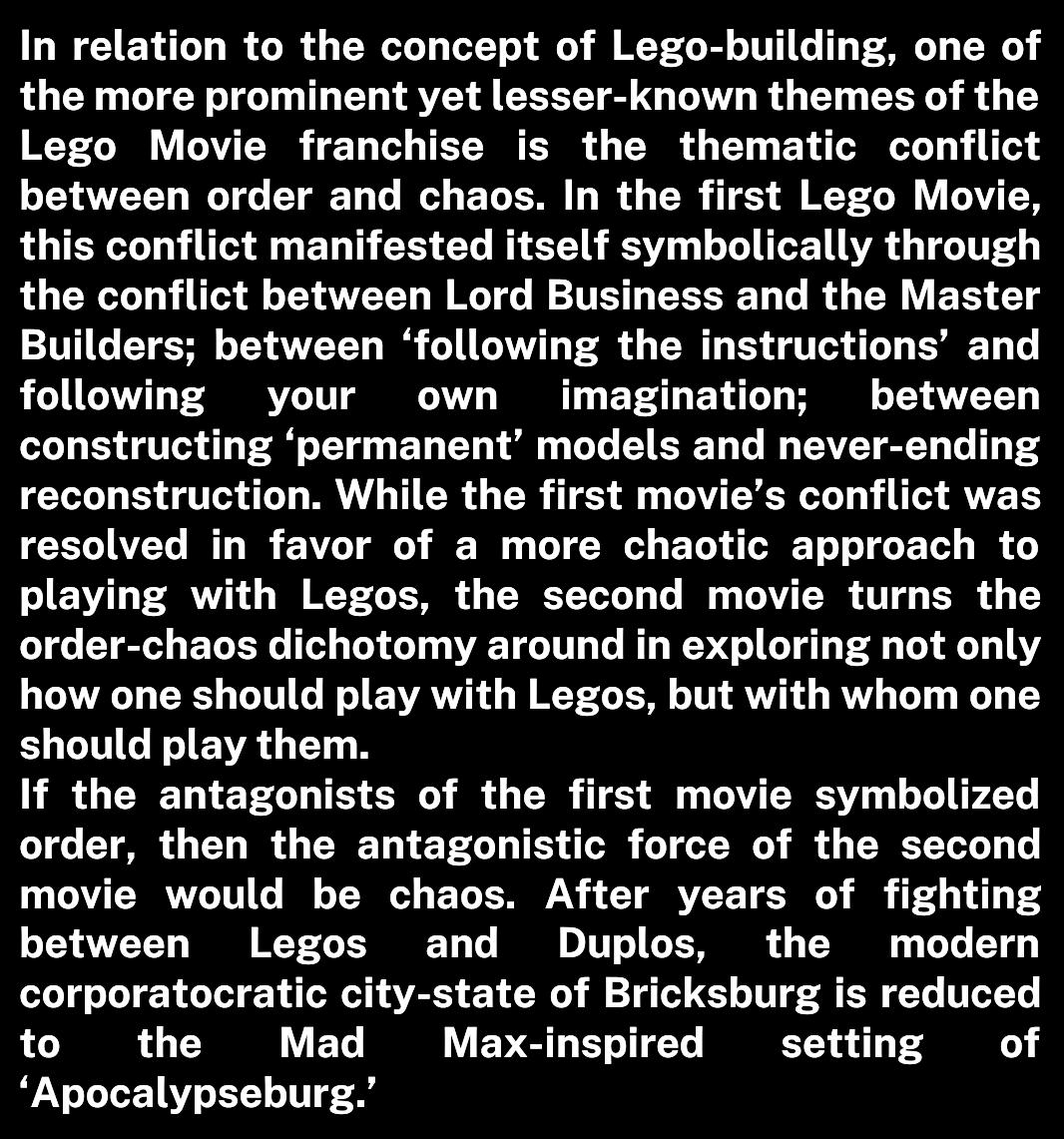
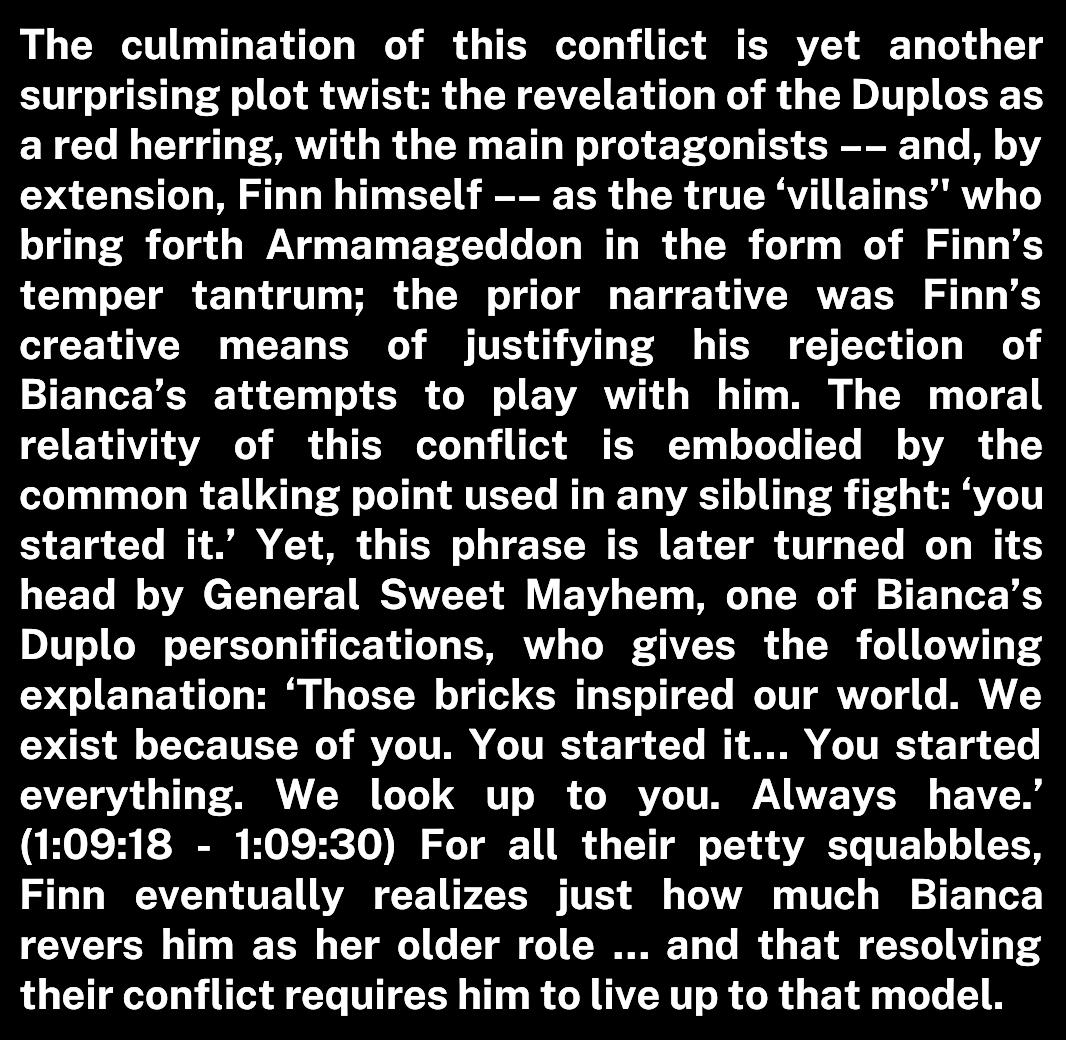
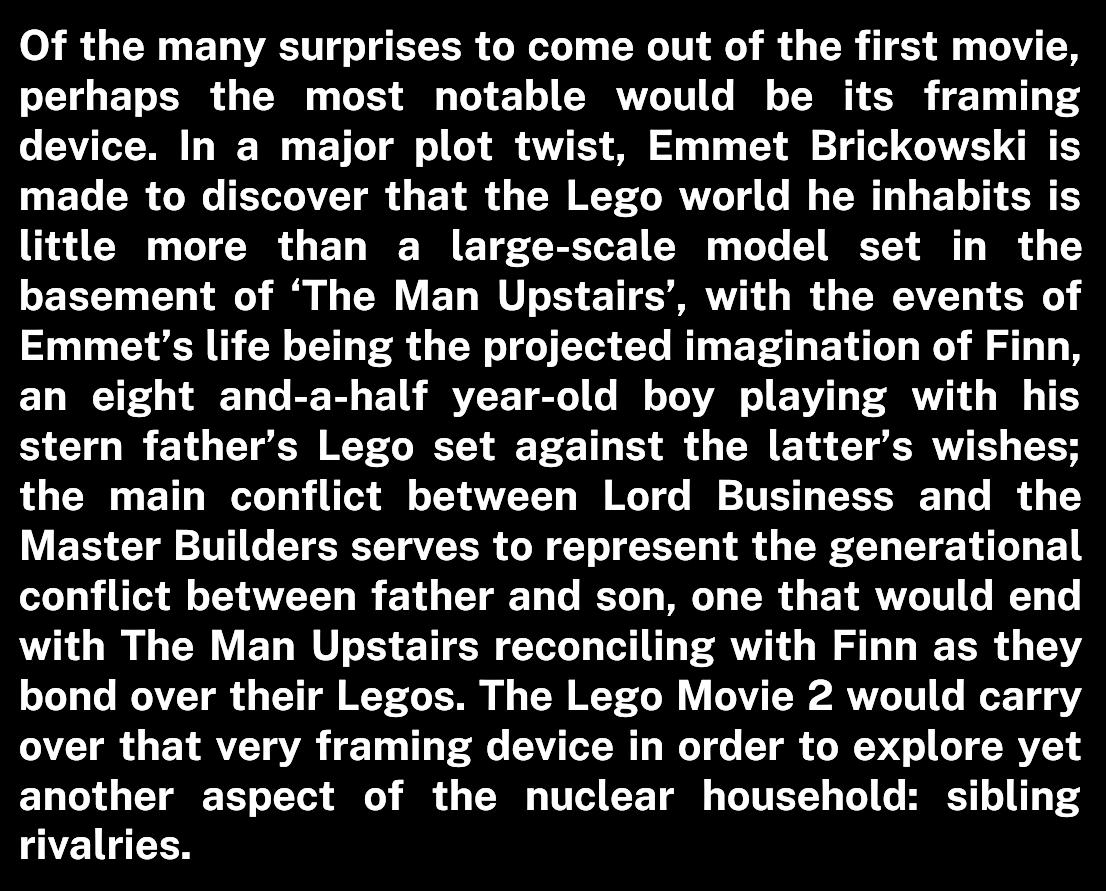
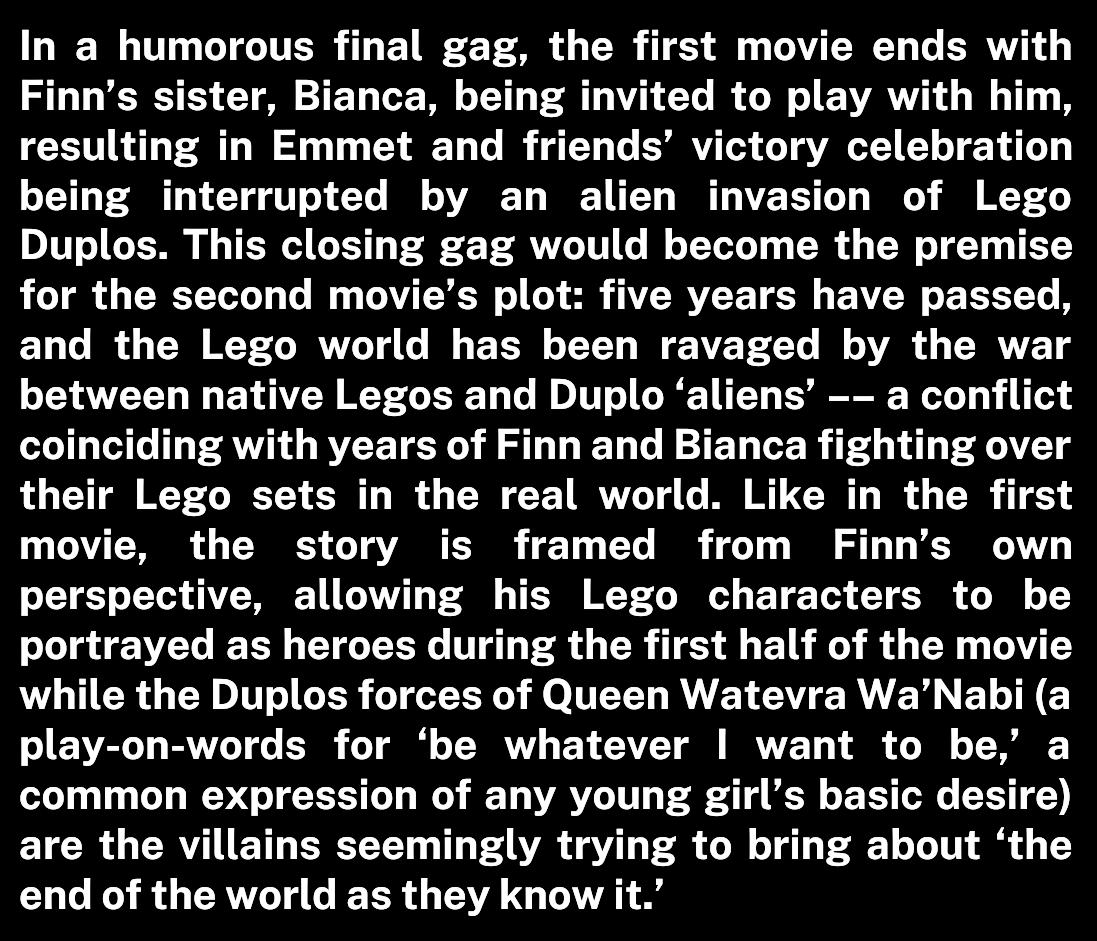
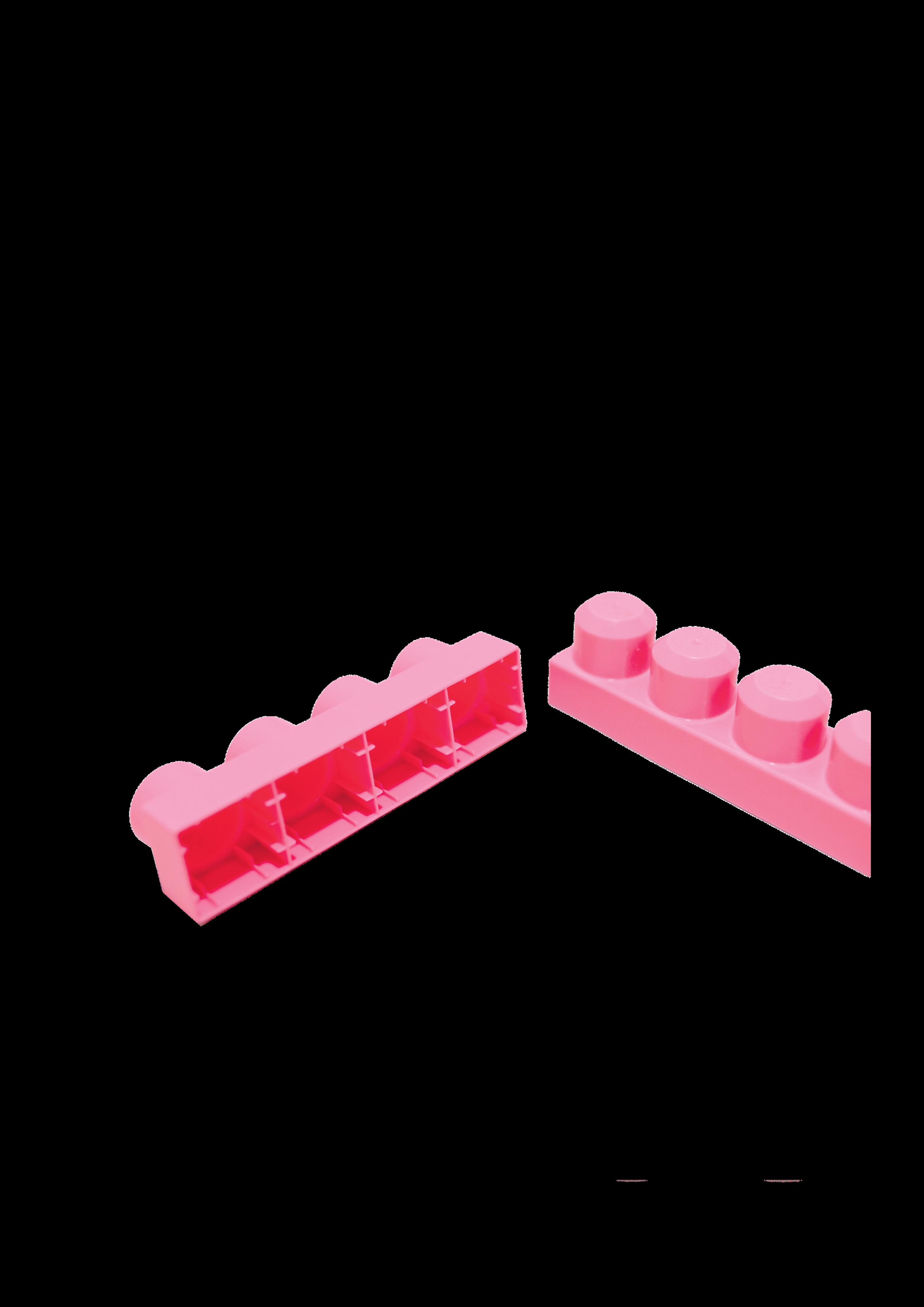
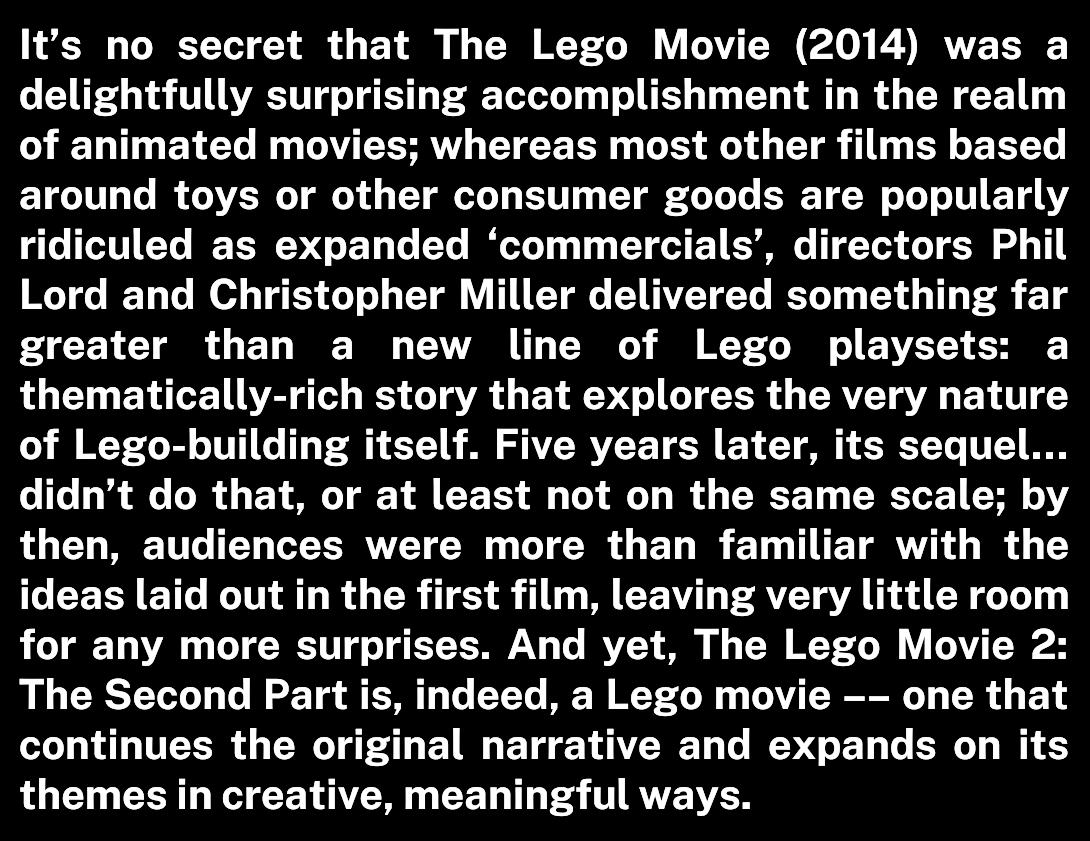
HO THE LEGO MO IE S SEQ EL CARRIED ON THE ORIGINAL S LEGAC B - FAI A HA ORDER AND CHAOS (4 H EA , E G I H AJ , HI H ,I , I ICA CIE CE I , . ICHAE ' C EGE 23
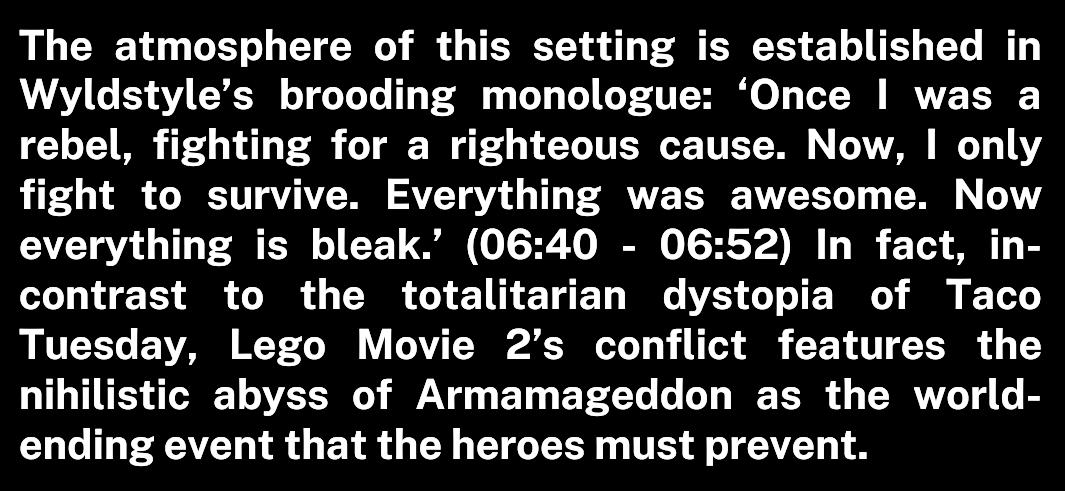
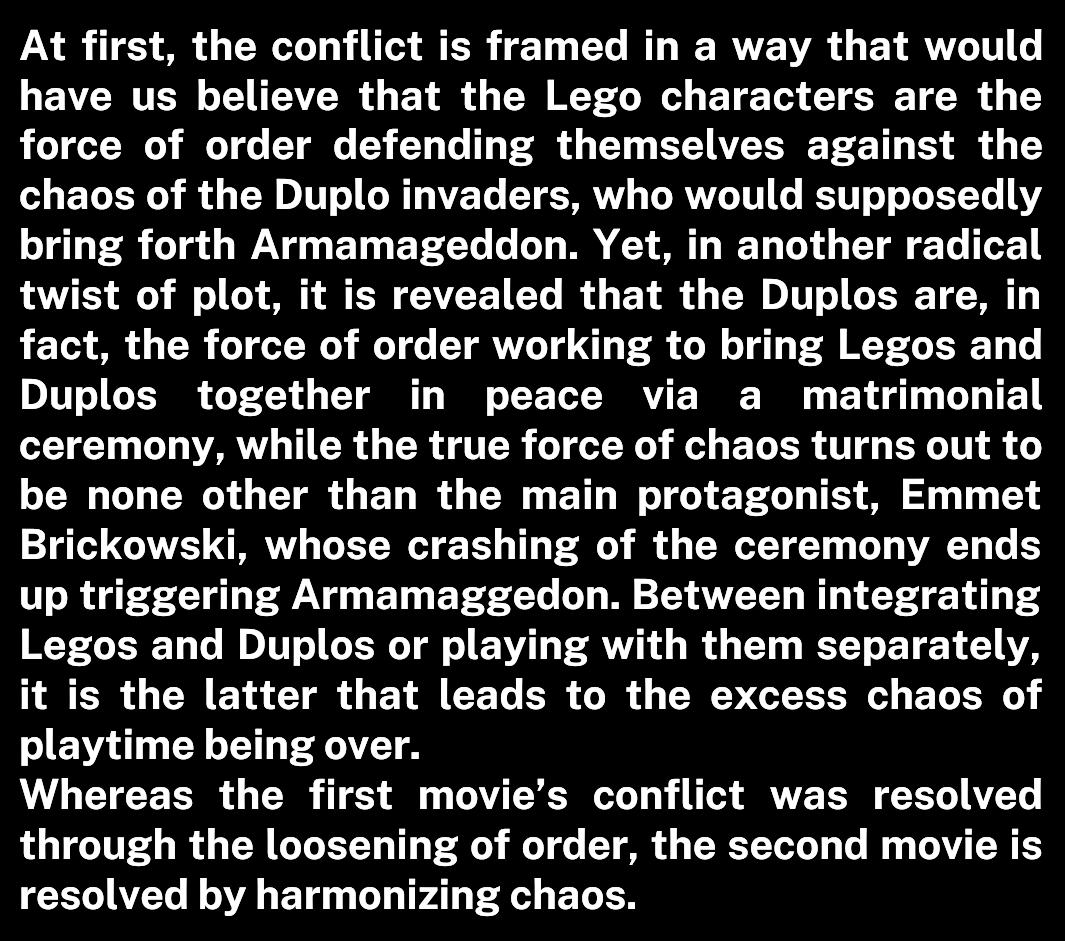
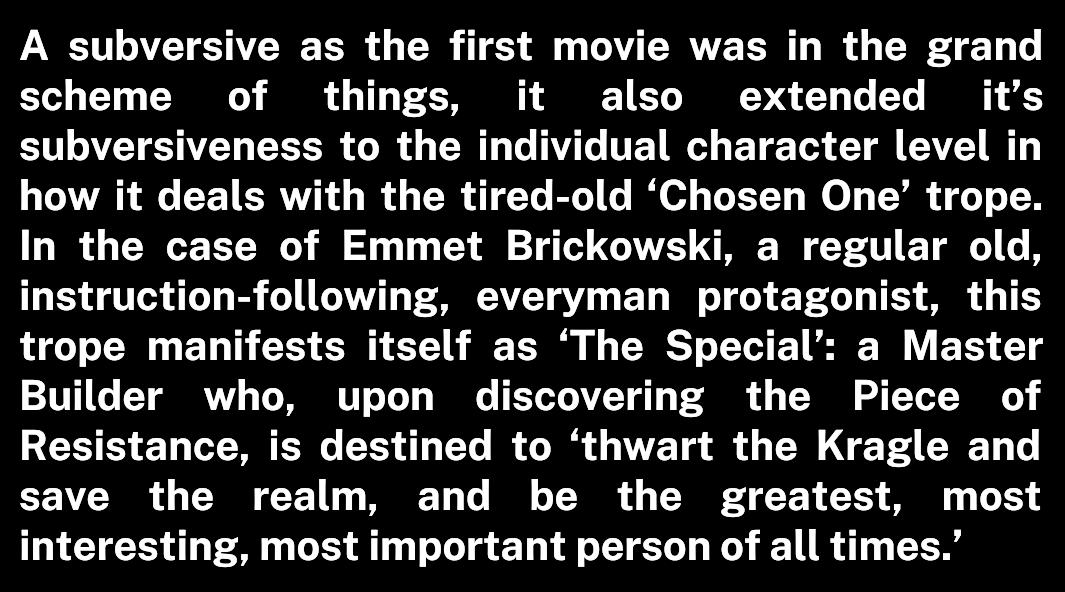
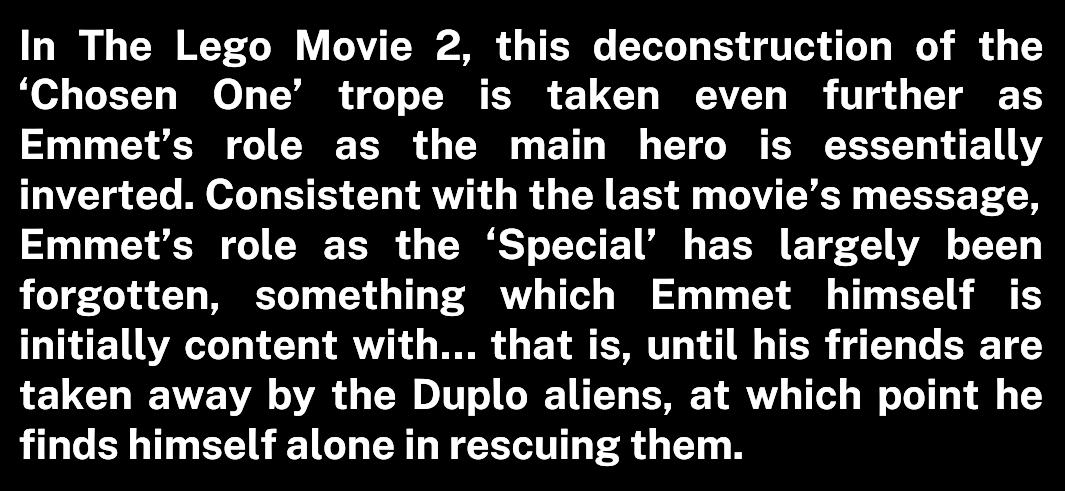
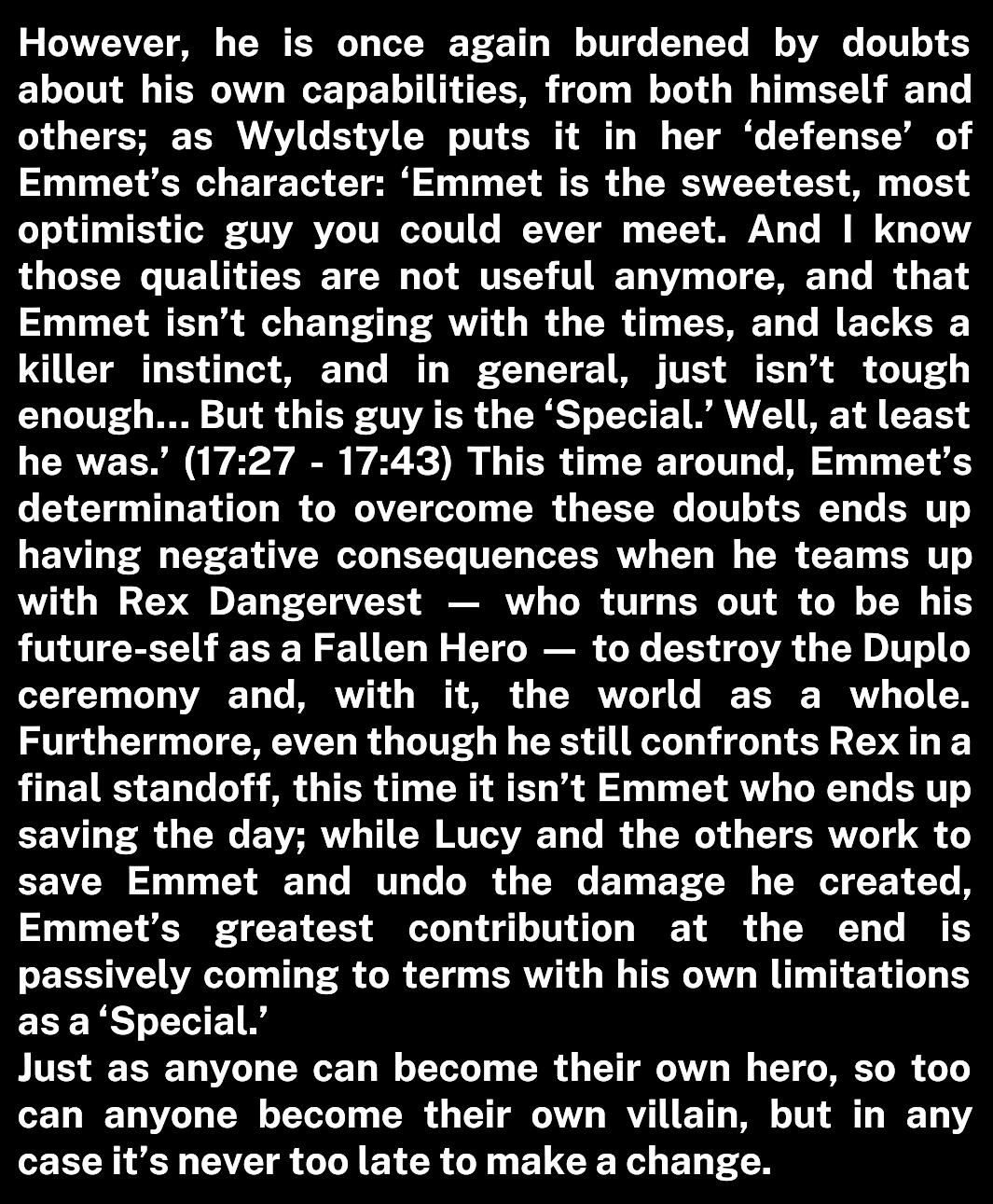
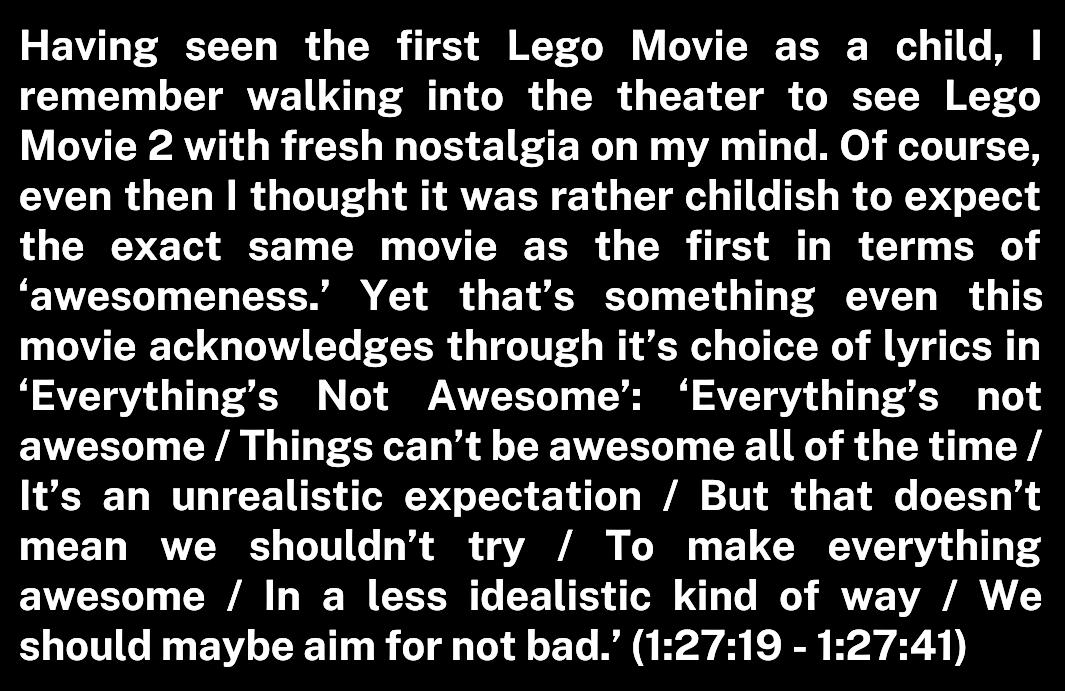


DECONS R C ING HE SPECIAL
24
S ILL A ESOME
GHOST WORLD
BY MARIYA NOKHRINA 4TH YEAR HUMAN BIOLOGY MAJOR PHYSIOLOGY MINOR WRITING AND RHETORIC MINOR INNIS COLLEGE
“Medium? Why, sir, do you not know that or a mere 25 cents more, you could purchase a lar e bevera e? And you know, I m only tellin you this because we re such ood riends. Medium is really only or suckers who don t know the concept o value.” - Enid Coleslaw (Ghost World, 1:01:53-1:02:08)
Ghost World is countercultural; it is a snarky and sardonic comin -o -a e ilm that pokes un at both adolescence and adulthood throu h the experiences o its two heroines, Enid Coleslaw and Rebecca Doppelmeyer. They be in the ilm as best riends that lar ely think alike; they share a similar disdain or their classmates, the adults around them, their school, and nearly everythin in their hometown In a rebellious bid to be ’di erent’ rom other hi h school raduates, they opt to not pursue post-secondary studies and instead plan to move away to ether and make their own way in li e. However, over the story’s pro ression, this dream is challen ed Faced with the loomin inevitability o adulthood, Enid and Rebecca react completely di erently to the chan es orced upon them. While Rebecca be ins to abandon her youth ul cynicism to uncritically embrace social con ormity, Enid inds hersel alienated by the rownup world and stru les to ind her place in it. This creates a ri t in their riendship, which ultimately leads to the re-evaluation o their respective utures, with Enid indin hersel lon in to run away rom their hometown and what it represents (the “Ghost World”) instead o acceptin the realities o adulthood Their bond is urther challen ed by Enid’s relationship with Seymour, an awkward middle-a ed man who becomes her like-minded role model and con idant. Enid and Rebecca both mature considerably as a result o the challen es they ace in their character arcs, but they ultimately row apart
FINDING THEMSELVES IN THE GHOST WORLD

The ilm’s screenwriters, Daniel Clowes and Terry Zwi o , cra t a very characterized and believably absurd city to situate Enid and Rebecca in The environment o this unnamed place is shaped by its settin s and residents Enid and Rebecca like to han out at the city’s ca és and restaurants, most notably Wowsville, a tacky and ake 1950s diner where they irst encounter Seymour. The abandoned bus stop is a symbolically important settin , where an elderly man named Norman waits endlessly or a bus that seemin ly may never arrive. Their town is distin uished by numerous o beat and unusual residents, includin a Satanist couple, Enid’s eccentric art teacher, and a Wowsville waiter with a 1970s perm whom the characters have nicknamed “Weird Al”
Enid and Rebecca, as youn people not yet inte rated into ordinary society, intuitively reco nize the ’weirdness’ o the ‘Ghost World’ They deli ht in makin un o their hometown and the people in it, includin Seymour, whom they initially perceive as a spineless loser and decide to use as a victim or their pranks. At their hi h school raduation, they make mean-spirited jokes about their classmates, and celebrate their reedom rom the nuisance o hi h school instead o their academic and personal achievements; Enid remarks “ we’ll never have to see any o these creepy aces a ain.” (Ghost World, 0:05:03-0:05:07) Enid and Rebecca’s marked disdain or their peers and teachers evidences their eelin s o alienation They do not eel that they belon to this community, so they push back a ainst it.
ENID GOD JUST THINK WE LL NEVER SEE DENNIS AGAIN.
REBECCA GOOD.
ENID NO REALLY THINK ABOUT THAT... IT S ACTUALLY TOTALLY DEPRESSING.
GHOST WORLD 0 07 15 0 07 27
Enid and Rebecca ormed such a close riendship durin hi h school because o their shared eelin s o alienation and disillusionment with the hi h school environment. One o the ways that they deal with their disconnectedness to their teena e surroundin s is throu h dreamin o escapin them by movin away to ether a ter raduation They both lon or adulthood and the reedom it represents, especially Rebecca. This common oal de ines their riendship at the start o the narrative Still, even thou h they want the same thin s, Enid expresses sadness over the loss o her youth, while Rebecca does not. This is evident in the above quote, where Enid remarks at how depressin it is that they will never a ain see their class nerd, Dennis Even thou h Enid pro esses to hate everythin about hi h school, this indicates that there are some elements o it that she still has a lastin attachment to, which contribute to her complicated eelin s about ettin older.
FITTING IN STANDING OUT AND GROWING UP
25
BREAKING UP SLOWLY HOW ENID AND REBECCA S FRIENDSHIP DISSOLVES
While Enid and Rebecca have both inished their senior year o hi h school, Enid has still technically not raduated, because she must take a summer school art class to make up or a missin credit Rebecca, meanwhile, spends her summer workin at a co ee shop, tryin to save up money to realize their dream o movin away In this sense, Enid has not ully entered the rown-up world, but Rebecca has been essentially orced into it ri ht a ter raduation. Rebecca ur es Enid to also ind work, but she seems unwillin When Enid eventually ets hired at a movie theater, her rude and idiosyncratic behavior ets her ired on the irst day. This un ortunate ailure only seems to urther prove to Enid that she does not belon in the real world, and she rows more resent ul as a result The two drastically di erent ways Enid and Rebecca spend their summer also point to the di erence in maturity between the two Rebecca comes across as ar more responsible and oal-oriented than Enid, since she is able to keep a job and start savin money Enid’s priorities and pastimes are more teena er-like in comparison With a chan e in environment rom school to the workplace, Rebecca’s values have developed such that she and Enid increasin ly no lon er have much in common with one another
As one o their inal pranks, Enid and Rebecca make a response to a personal ad in a local newspaper, pretendin to be an attractive woman lookin to o on a date. This is how they irst meet Seymour, a character who Enid later describes as bein her hero A ter bein stood up by his ’date,’ Enid and Rebecca watch as Seymour oes home upset. Enid be ins to eel uilty, and they seek out Seymour When they meet ace-to- ace, Enid and Rebecca have completely di erent reactions to his personality While Rebecca thinks o him as eeky and lame, Enid develops a likin or him Thus, a relationship be ins between Enid and Seymour that threatens the riendship between Enid and Rebecca.
In a way, Enid identi ies with Seymour, and even looks up to him at times He shares her interest in obscure music and has much o the same disdain or the ‘Ghost World’ as she does. Despite what they have in common, Seymour is much older than her, and has a normal li e and an established career in a corporate environment Althou h he is not passionate about his job, Seymour stays in it because it helps him pay the bills and allows him to enjoy his unique hobbies He seems to prove to her that despite her eelin s o not ittin in, she can still be somewhat happy and enjoy a stable li e Seymour’s apartment ull o old records ives Enid hope that she can ind her place in the world, too His li estyle teaches Enid that rowin up does not mean that she needs to abandon her individuality, and that it is totally possible or her to one day ind an acceptable compromise between bein di erent and bein ’normal ’
Enid be ins to care about Seymour more than she cares about Rebecca and becomes disinterested in their old dream o livin to ether. When Rebecca tries to look or apartments or shop or home oods, Enid acts bored and dismissive Rebecca continues to ur e Enid to ind a job, but Enid dismisses these na in s too It does not help that Rebecca still dislikes Seymour, while Enid continues to dive into Seymour’s personal li e in various ways Eventually, Rebecca decides to simply live by hersel in her dream apartment, since Enid clearly no lon er values their riendship Accordin ly, Enid’s dreams have chan ed too; she con ides in Seymour that she dreams o runnin away rom her hometown without tellin anyone, in order to start over anew.
Enid encounters Norman, the senile old man at the bus stop, and sees that the bus that he has spent countless hours waitin or has inally arrived to drive him ar away. Seein this, Enid inally becomes inspired to take initiative and start her own li e Her riendship with Rebecca is now over, and as such, she has lost the ties that bind her to the city she resents Enid takes the bus away rom Ghost World hersel , hope ully to ind a place where her odd personality and sense o style are appreciated rather than mocked, where she can thrive. Meanwhile, Rebecca inally ets her own apartment She ends up Enid-less, but still more conventionally ul illed than she was at the be innin o the ilm.
CONCLUSION
In this comin -o -a e story, we ollow two characters who mature in completely di erent directions, whose riendship ends as their adulthood be ins. Rebecca, who remains true to her childhood dreams o havin a job and her own apartment, ends up ul illin this vision. Meanwhile, Enid’s resentment o ordinary capitalist society only deepens as she ails to do so, leadin her to completely re-evaluate her li e plans, and her uture with Rebecca as a result Seymour indirectly helps her do this, as her relationship with him helps her see that she can make her own way in li e and ollow her inner drive As a result, Enid leaves everythin behind and decides to start over in a brand new city
Ghost World shows how the stresses o adulthood, indin a career, and becomin a ul illed human bein can radically trans orm our relationships, especially ones we have had since childhood. Instead o bein a comin -o -a e story with an optimistic endin , this ilm’s endin is ambi uous, and we are uncertain but sadly hope ul or Enid’s uture Perhaps we mi ht hope the same or Rebecca, too.
REBECCA YOU VE TOTALLY IGNORED ME EVER SINCE HIGH SCHOOL ENDED
ENID YOU RE THE ONE WHO S STILL LIVING OUT SOME STUPID SEVENTH GRADE FANTASY
MOCKINGLY YOUR OWN APARTMENT
GHOST WORLD 1 22 05 1 22 13
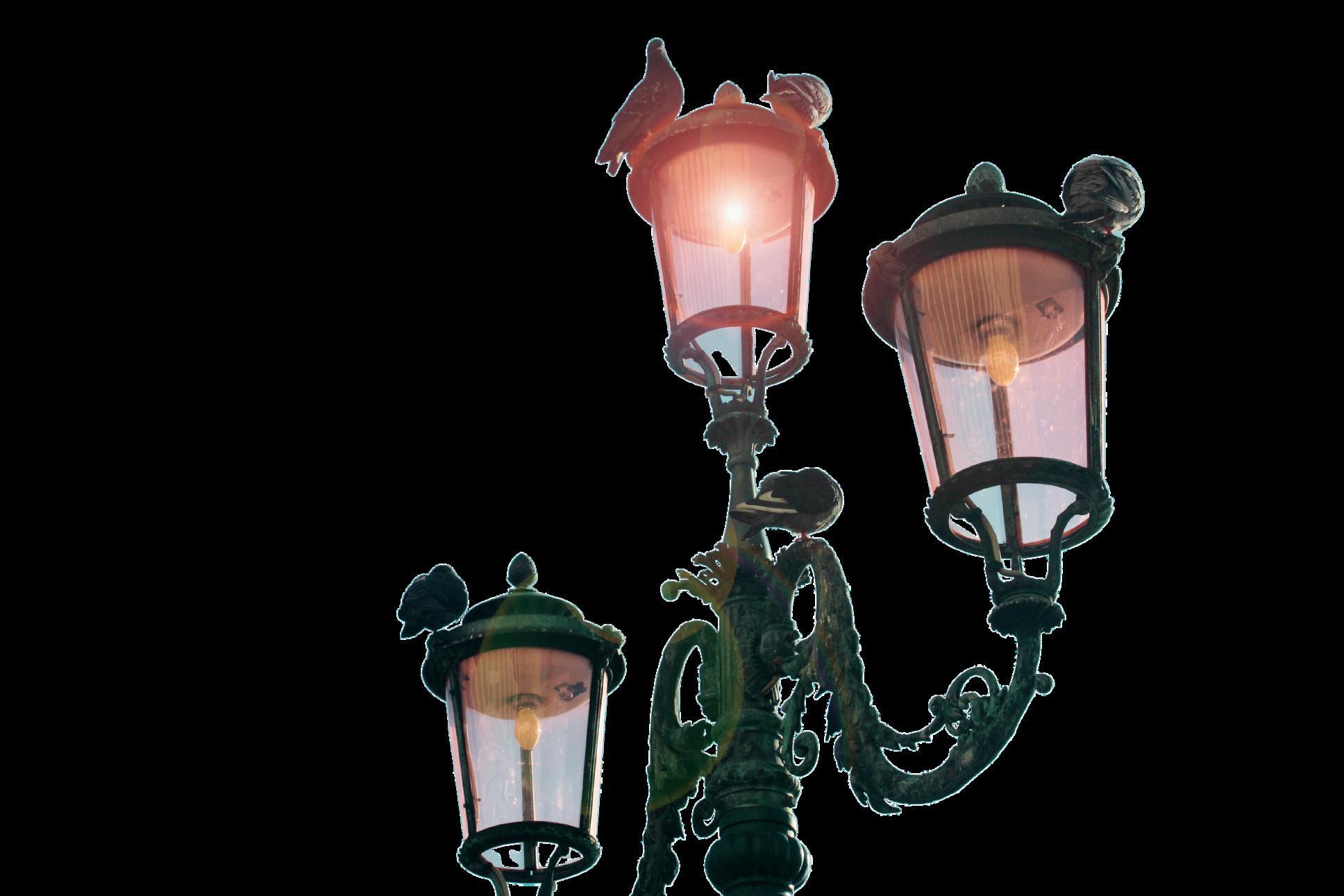
26
GHOST WORLD. DIRECTED BY TERRY ZWIGOFF PERFORMANCES BY THORA BIRCH AND STEVE BUSCEMI UNITED ARTISTS 2001.
DD EM
E A ( 2 0 2 1 )
Computer Science English Trinit College
A i c h a g W e e a e h a k l e l a i f h e f a a i c a l e h a l l h e i e e i h i a e c i a i f h e l i l e h i g S a i g T i l d a S i a S c i h e a i a e J e i c a , M e i a e e l i h e i e b i h f a e e i e i a l e a i a c e i C l b i a . A i f l l J e i c a a e d e a d a e i d h i c h l h e c a h e a , h e f i l d e h e i l e b e a f a e i h e c a i e a d W e e a e h a k l f l c e i c a e i e h g h e l e g a c i i a d h e a e c k e e f a e b b a b , i i i g h e i e e h a e i h i c h a a c e d e a h e e d i c e a l d l h i h h i d d e e i e , e b l i g h e e a h i h h e i c f i c e l g b i e d
E D E G A E E A C E ( 2 0 1 8 )
B


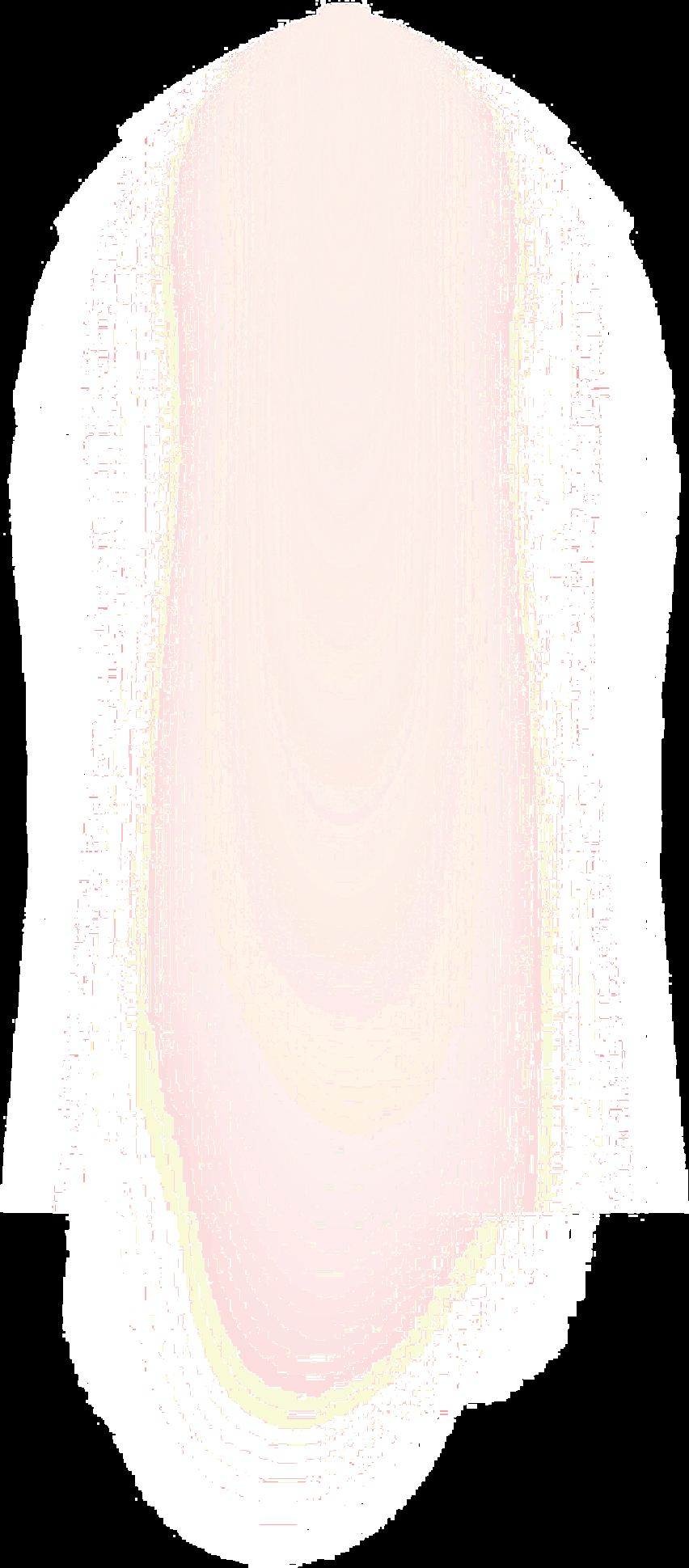
Fofuca st Year Political Science Cinema Studies Victoria College
S a a C a l a g e l T h e K i d e g a e T e a c h e f l l h e d a e l i f e f L i a S i e l l i , a k i d e g a e e a c h e a d h e f a d l e c e , e e k i g e c i e e i h e l i f e b a k i g a a d l e c l a A L i a i e e i e d e e l , h e d i c e h e b e l i e a b l e e i c a l e f e f h e d e , J i , h c e a e a d i g e a j f i e e a l d . L i a f a c i a i i h J i a l e a i d l i a c h l g i c a l b e i h i c h a k e e e e a e c f h e l i f e C a l a g e l i i e h e a d i e c e d e g i i g h e e c h a i e l l e c a l i i d e c i e , e c a i a d e b e l l i i a d l h d , a d i e e a l e l a i h i b e e e e d c a a d d e i h i c a i a i g a d e i c i g f i l T h e K i d e g a e T e a c h e f i d a a c e c i h a a d i e c e h g h i e g a g i g a d e l a a b l e h e e , h i l e e c a g i g h e c a i a i g e e a i f d i f f e e f f l i e a a I h i f i l , C a l a g e l c h a l l e g e h e a d a d f d e c i e b e f c i g h e i a c e f h i g a i d a l d , l e a i g h e a d i e c e i h a a e c i a i f a h a h e i l l e l c a i h h e i h e i l i e
B E D E A : E E F E E E ( 2 0 0 6 )
B Nikki Asaris nd Year English Cinema Studies New College
B e h i d h e M a k e l e a d a a l l d c e a e a f l l i g h e e L e l i e V e a h e e b e c e h e e f a k i l l e , i i l a M i c h a e l M e a d J a V h e e b h f h a e e a l e l e i h i i e e ! D i e c S c G l e a e f e h i g a k e h e l a h e f l a i e l e a e a e l k i g f e h i g d i f f e e i h T h i f i l a d f i d e a d a h a d i d i e c b e i f c l a h e c l i c h e , c h a h e f i a l g i l ; c h a a c e i G l e a k a e j h e e h a h e a e a b e B e h i d h e M a k a l f e a e f d f a g e c i e a g a h a a f l i i c i h e g e e , a h e a c i i g i e i g h f h e d c e a e a i - f - i e
B Carson Zhang rd Year
Andra
27
Connections
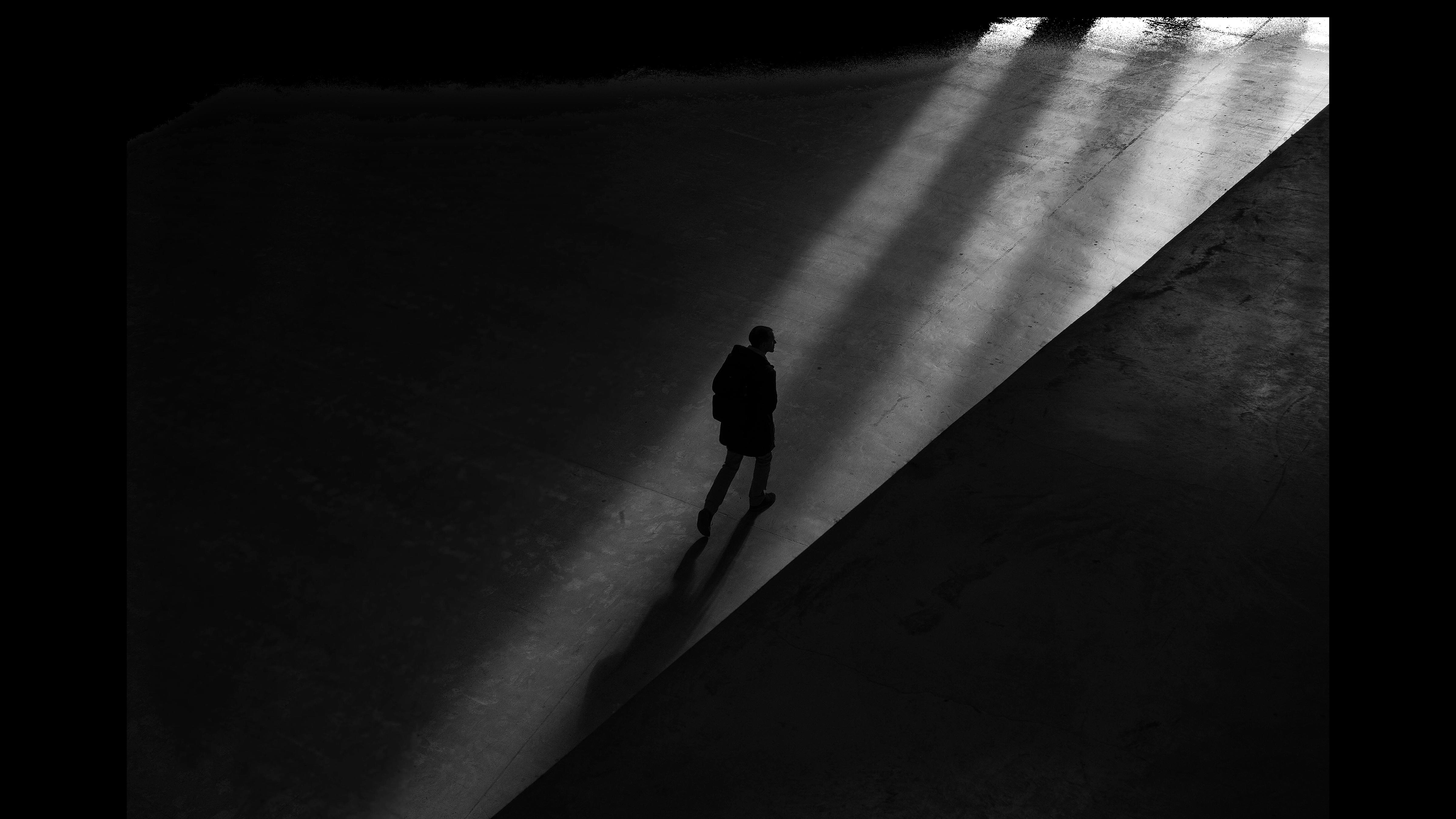
T Y a OF THE
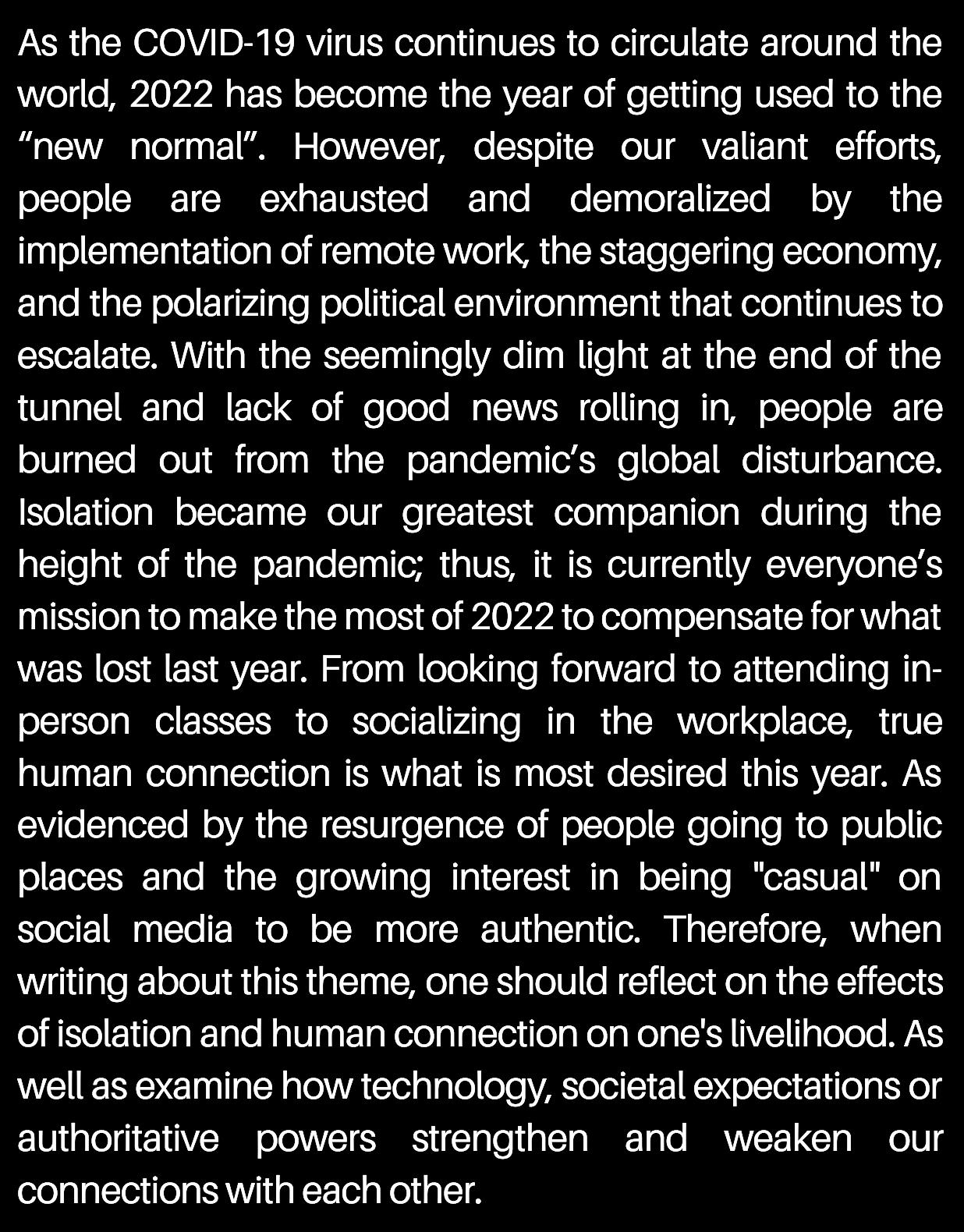
28
B Cailin Ball h ea Cinema S die Speciali Ne College
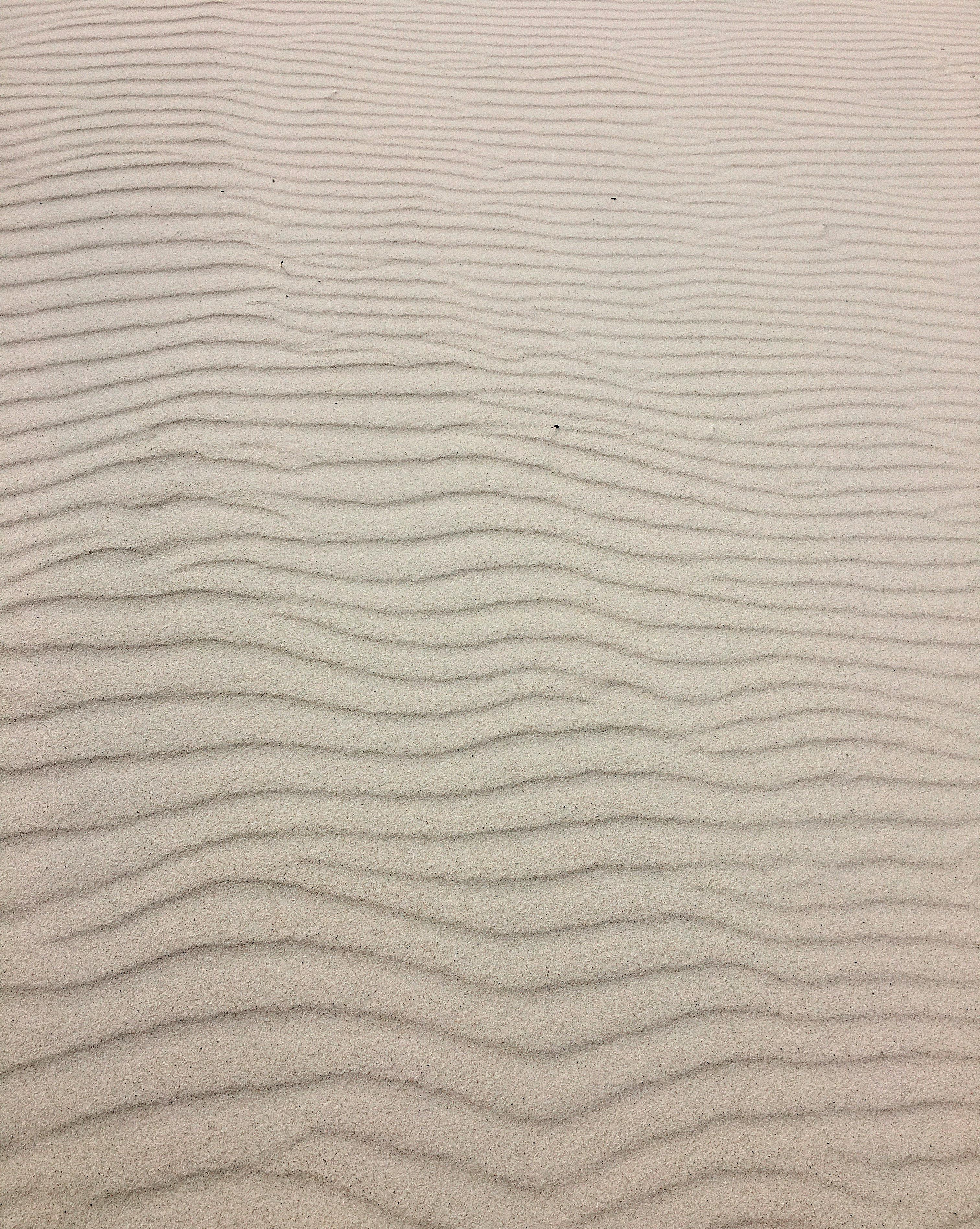
THERE IS NO SOMETHING WITHOUT NOTHING
C EC I I A ECH GICA D I O ,F J –, K , M , ‘ ’ ‘ ’ – A , , , , J H , ’ ‘ ’ J , . A, T B , ’ M D , ’ , M , , T (A 20:28). H , (A 21:06) I , M ’ , , , , T M , , M , ’ . A ’ , . , , J M , I , , , J ’ M I M ’ , ‘ ’ I M C , K J . I , M , P M , , ,M , CONNEC ION I , M , H , J K , T J J M ; J . ’ ,, . I , M I ’ J , DI CONNEC ION I , , ‘ ’ H , J ’ . A , , J T M ; M ’ , J ‘ ’
AFTER ANG
29
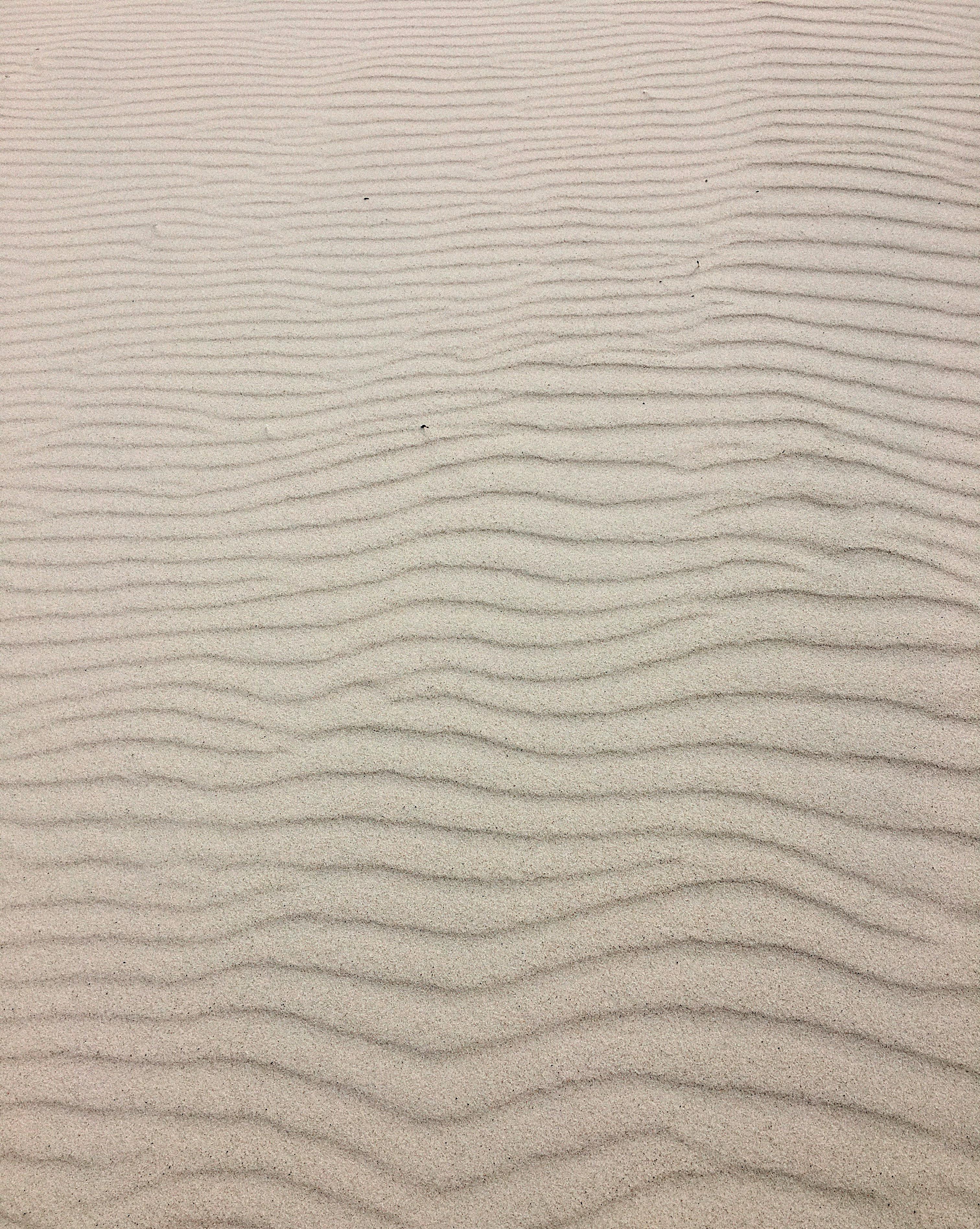

A , M , J , J K M J K , , ; K ,, J . R , . ’ J , A J , I ’ , K , ’ , , (A 07:56) U , K J , ; , , A A -A , , J , , A A J ’ A , , I , , , , J . T ’ ; ‘ ’ ’ , , MI ED CONNEC ION I , J M , , I ’ J , ECONNEC ION I , J K , ’ M … , K , N , M (A 16:28) L , K J , ’ , ’ ,. I , M , , - I ’ ; , M I , , , J I ‘ ’ , J M K , , J , AFTER YANG DIRECTED BY KOGONADA A 30
AFTERSUN
B Y S U H A N A D A N E E
A e n i en and di ec ed b Cha l e Well i a ilm ha all in he en i la in e ed ealm he h man c ndi i n e l in he melanch lie i hin he en mi leadin il e linin The ic e c e n ea ld S ie Pa e n F ankie C i a he emba k n an e a i e h lida T ke i h he a he Cal m Pa l Me cal F m he ilm imminence S hie eek nde and he de la e ela i n hi he bea i h he a he a ell a ha hich he ca ie i hin him el T en ea la e a he a ni c n in e eek an e ab he a he e na he b a he ilm came a ec nce ali e he a he cha ac e and he a i in e nal dem n ha men him
Th h he ilm ec a nde and ha S hie ima al i nde and he ela i n hi i h he a he a he die e i e and m he mic c m a T ki h e in he ea l all lace he e he lea ned a de ail ha e ined hi cha ac e incl din hi e ence a a di anced ni h cl b a chin he ide in he h me ea la e The di i al came a h e e en a cen al hema ic l in di cl in he ncha ed e i melanch l and i la i n dee i hin Cal m che a b id e c nnec S hie ideali ic i i n a a e ad le cen h e ain ll a ma ic a he end e ad l h d The de ice a ad ical na e be een i i h ened ame and i ec din he inc ea in l a ld n al ia de e i n and mem he ide he a dience i h an all incl i e acce i im ac n S hie n e ec i e h h he ea T e c nnec i n be een h man bein can nl e i h h c n i en e al a i n and ee al a i n and e en hen ma ne e each c m le e m la i n Thi i imila l mi ed h h b h cha ac e e n he a e in he ll in ea Wi h ch a c n in ed ac ice e en h e indi id al h a e c n ide ed c n idan can eem like an e nl bec me ee abli hed h h m e e lec i n Well e in A e n ha he ke c nnec i n i ec nnec i n
A a e l b ie m men e e c min in he ha e ai chi l in n an bec me l d c ie hel leadin elea e he d m he me a h ical li de ha emain n he in e i Sim le ame S hie l neline a he e Cal m ie de ai in bed bec me i e cabl c m lica ed m la in a ie c n e a i n be een he cha ac e hich he a dience nl achie e c m le e n he i d in he ilm inal e ence a Cal m ake c n l he came a and b h cha ac e bec me e al e l e hei c nnec i n Sh Cal m llin a n S hie n he e in ed T ki h dance l a e j a ed i h he da kened de la e cl b c n ainin ain line a n de nc Cal m and a imed S hie Thi inal h ca in hei ela i n hi e en a b h ll c m le e and h li icall em
A c mm ni na i a e he c m le i ie andemic ein e a i n i i c cial ac ice he en l a ec nnec i n The e ence e COVID habi n l n e e ain he nce m laic ac i n and eac i n b a he a n anced e i i n ld ac ice In d in he ain li h a he end he nnel bec me in ini el b i h e
Well
 Cha l e A e n BBC Film
Cha l e A e n BBC Film
31
d Yea Cinema S die Maj C ea i e E e i n Min D ama Min Uni e i C lle e

32
SUPPORTED BY
VICSCREENWRITING WIXSITE COM/UOFTSVC @VICSCREENWRITING




@VICSCREENWRITING
FOR GENERAL INQUIRIES, CONTACT US VIA VICSCREENWRITING@GMAIL COM
























































 Cha l e A e n BBC Film
Cha l e A e n BBC Film




